Friday, April 8, three Clarksville Academy teachers and one Administrator embarked on a trip of the lifetime. They flew to Chicago and met up with a group of twenty more teachers and from there headed to Finland. They will spend the next week, immersing themselves in the culture, visiting area schools to experience new teaching techniques, and will even get to spend some time exploring. They are still adjusting to the eight hour time difference! Follow along as we experience their adventure with them! Sherry Cawood, Middle School, Gina Goostree, Head of Lower School, Shelley Holt, Lower School and Christine Lindsey, Upper School will fill us in on their daily adventures!
Friday, April 8-Saturday, April 9
CA faculty heading to Finland are full of anticipation for the trip. After many hours in O’Hare, we boarded for our 6.5 hour flight to Reykjavik, Iceland. We had a very brief layover. In 0 degrees Celsius and gusty winds we boarded our final flight to Helsinki, Finland. We arrived at 2 p.m. for a tour of Helsinki to learn about its vast history and culture. Following the tour, we took a quick rest and joined our group for dinner. Tomorrow begins another exciting day! –Shelley Holt, Pre-K

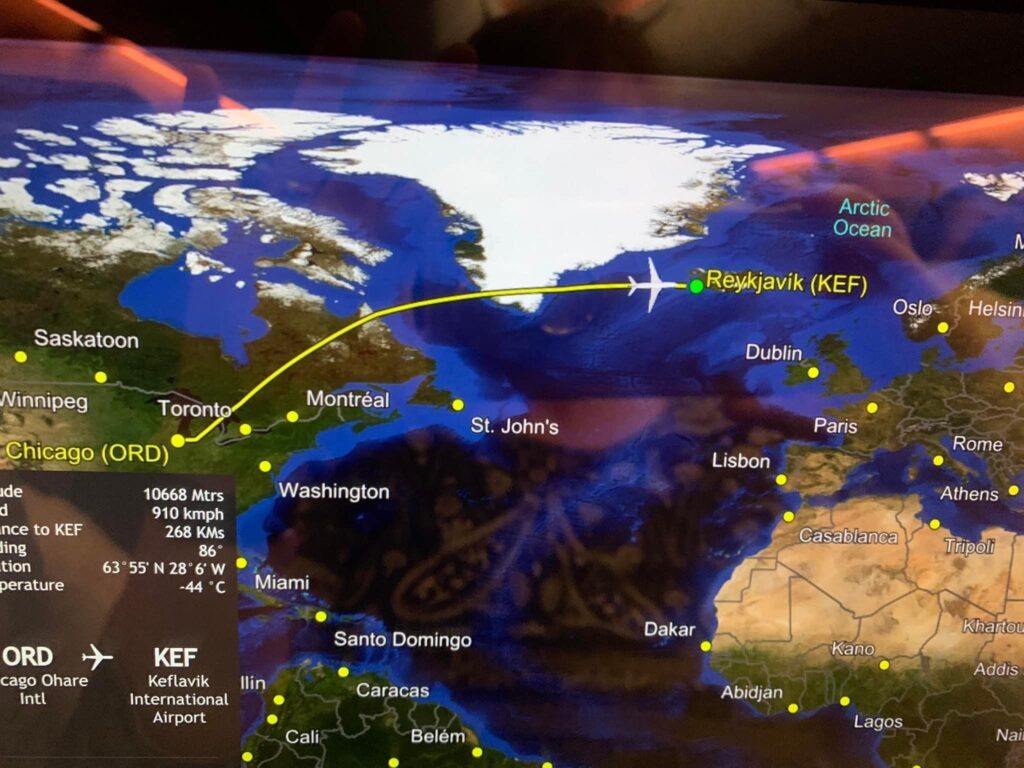
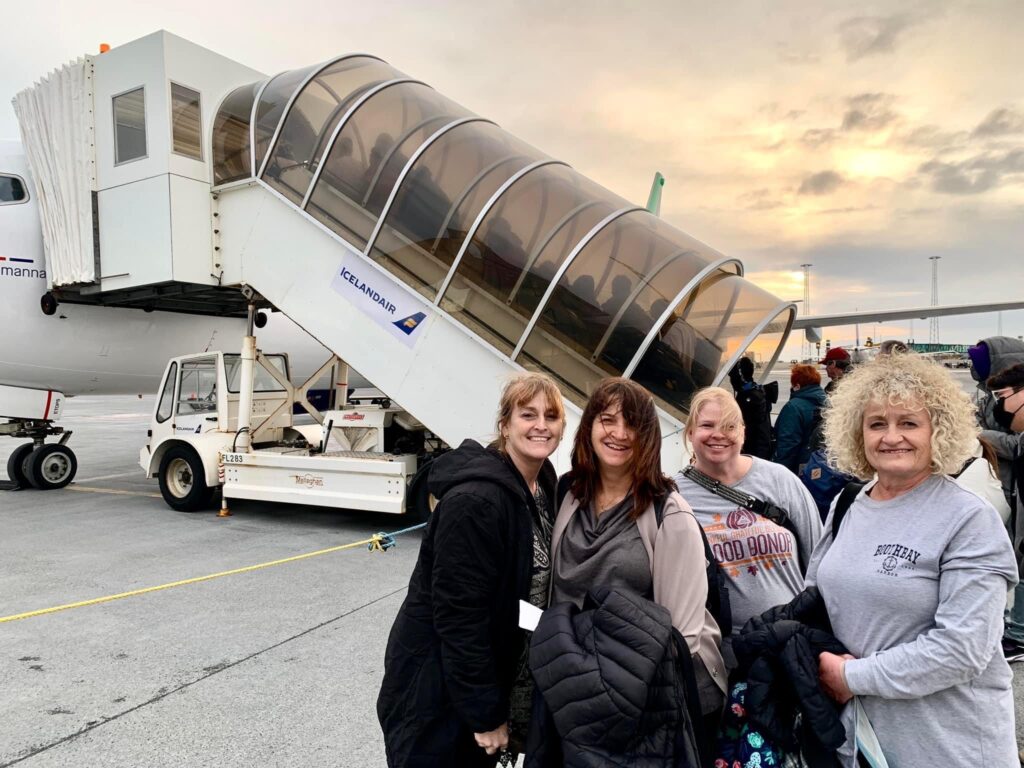
Sunday, April 10
We began the week’s educational experience on Sunday by learning more about Finland’s history and culture. In the morning we traveled to the town of Porvoo, one of six medieval towns in Finland. Porvoo, We began the week’s educational experience on Sunday by learning more about Finland’s history and culture. In the morning we traveled to the town of Porvoo, one of six medieval towns in Finland. Porvoo, which means castle on a river in Swedish, is 200 years older than Helsinki. Finland’s long history with Sweden was evidenced here in the architecture, signs, and the number of residents (30%) who speak Swedish as their primary language. After lunch we traveled to Suomenlinna Island, a World Heritage UNESCO site. Here we learned more about Finland’s history with Russia. On Suomenlinna Island (linna=castle) is a fortress built in the mid 1700s on one of 8 islands in an archipelago. At this time the Swedish Empire was concerned about the developing city of St. Petersburg in Russia and built the fortress as a defense. Finland was ceded to Russia by Sweden in 1809, and in 1917 Finland declared independence from Russia. A few buildings still have the onion top design, though most were removed. After we returned from Suomenlinna we had the opportunity to explore the waterfront market. The evening was capped with a group meeting including the 16 educators joining us from Chicago and administrators from the schools we will visit tomorrow. –Christine Lindsey, US Science
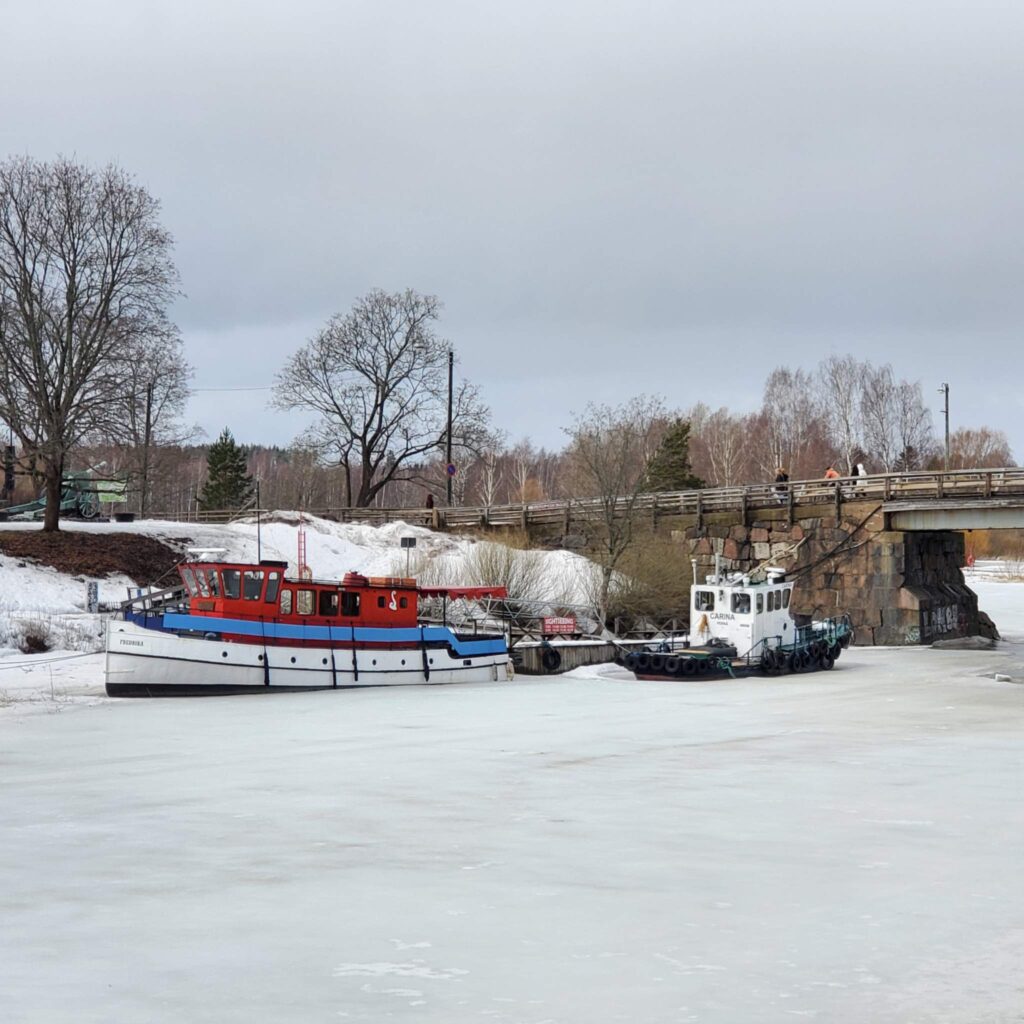
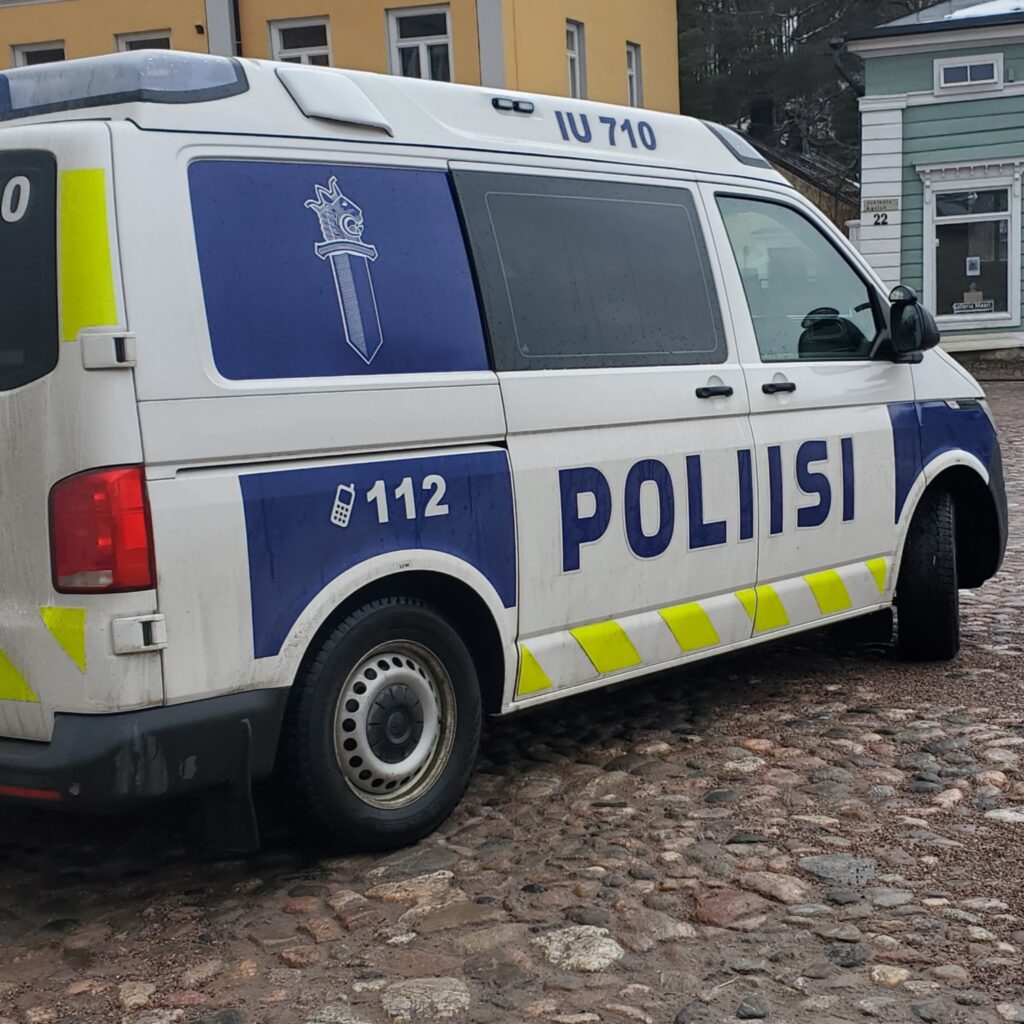
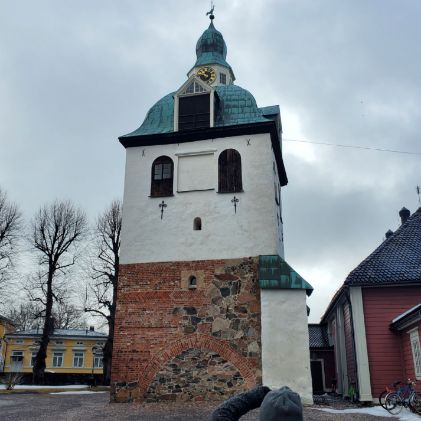

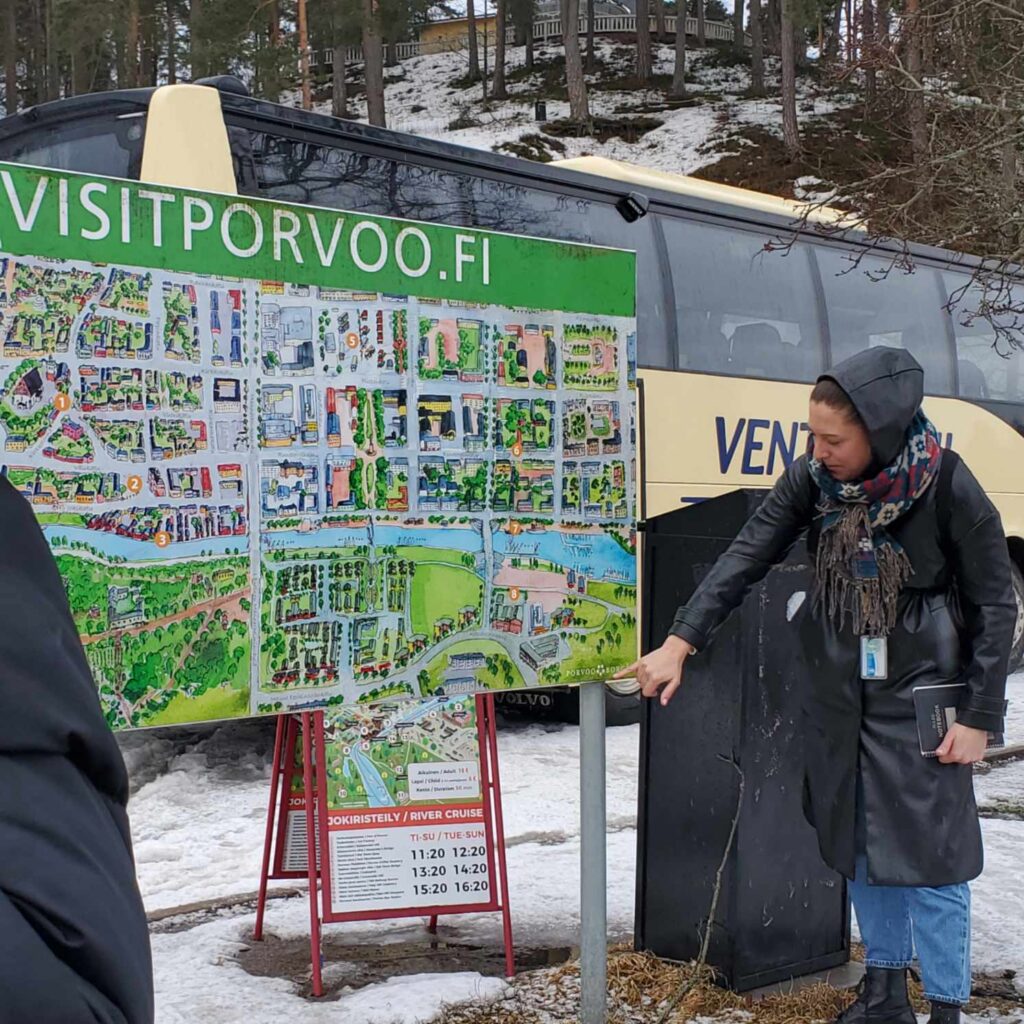
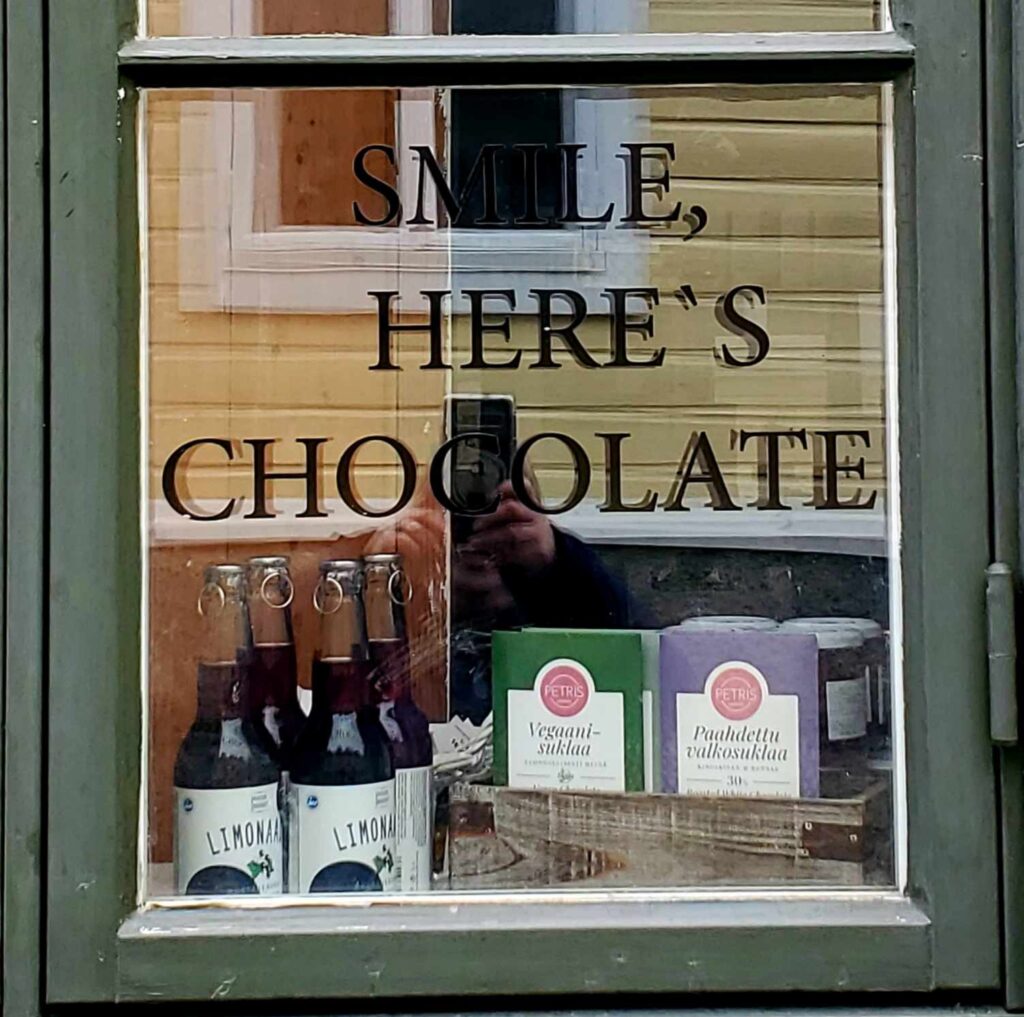
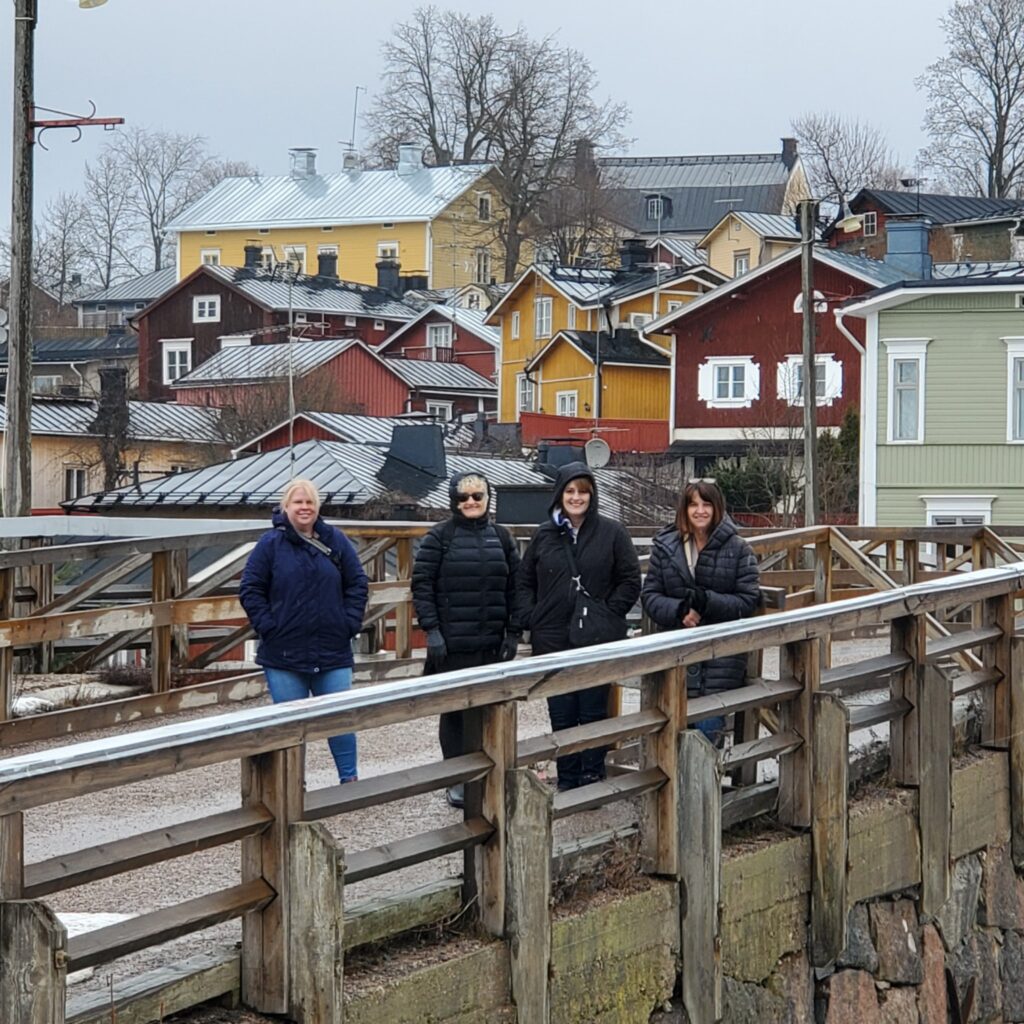
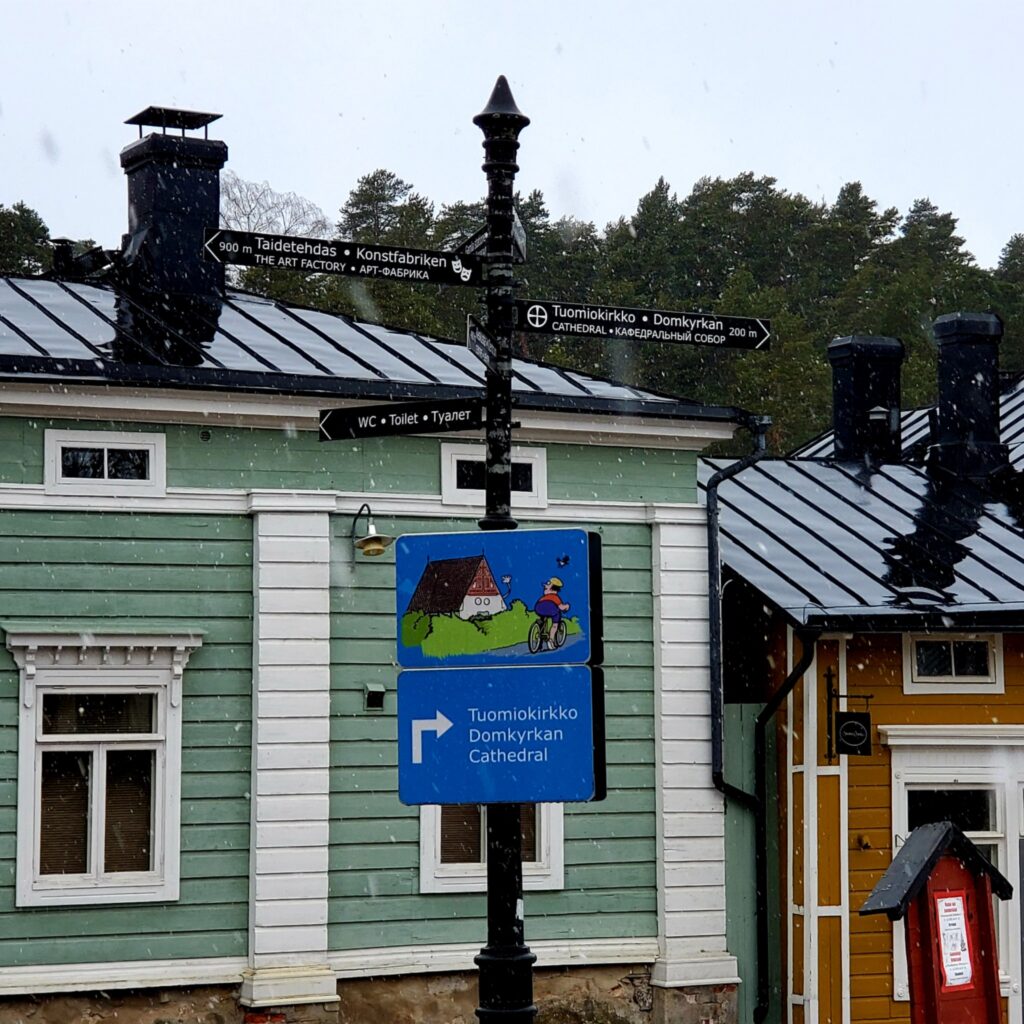
Monday, April 11
Moi (Hello) from Finland! What an awesome day! Wow! We started our day at /Otaniemen Lukio Upper Secondary School for Mathematics and Natural Science in Espoo, a Helsinki suburb. The school mascot is the bear.
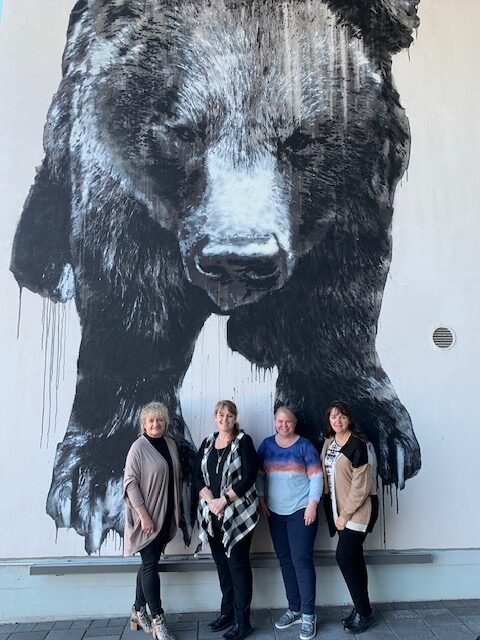
The school library at Otaniemen Lukio Upper Secondary School & a classroom at Otaniemen Lukio Upper Secondary School.
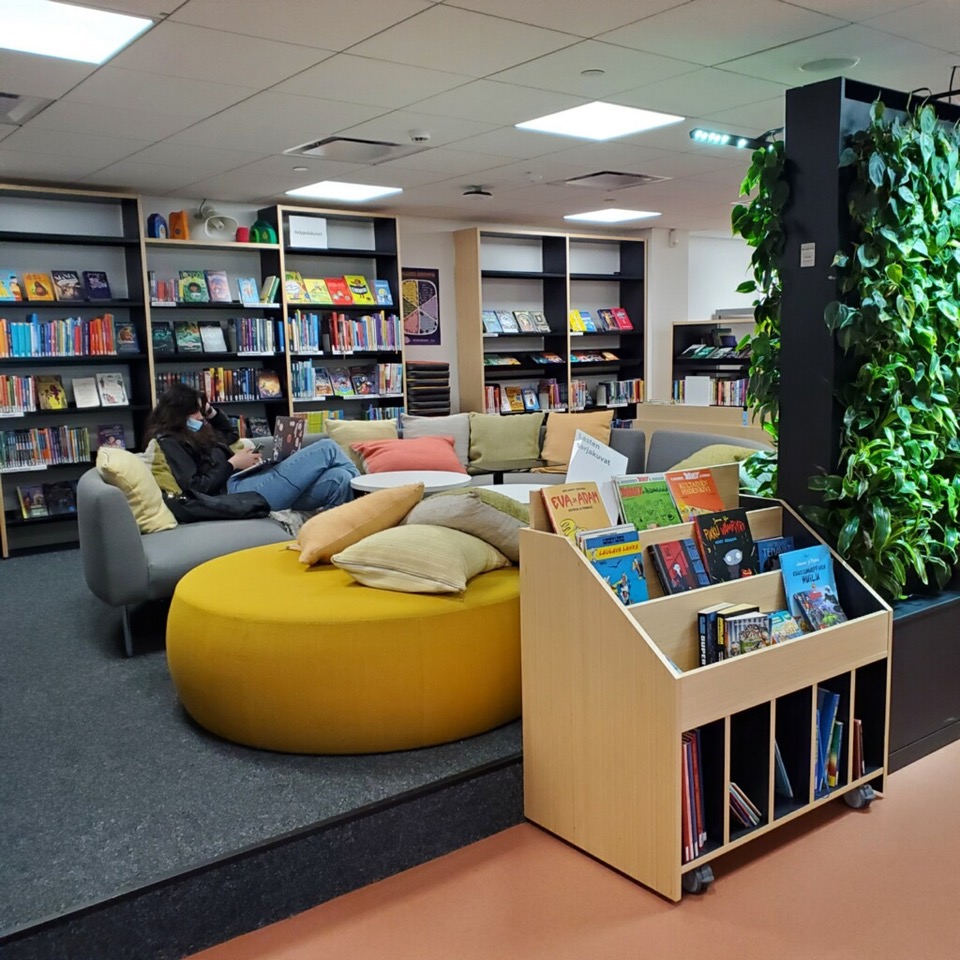


The school was designed in collaboration with the students. Students selected the colors, designed the mascot and were instrumental in deciding the layout and furnishings. One of the student’s top “wishes” for their communal space was the coolest indoor conversation swing set. All morning, we were looking for a few spare minutes to try out those fabulous swings!

Our guest speaker, Jari Lavonen, Ph.D. and head of the Department of Teacher Training at Helsinki University, discussed design thinking and the innovative process of creating multidisciplinary learning modules and implementing and sustaining multidisciplinary courses.
Mrs. Lindsey’s morning also included time in the high school robotics lab learning more about their program. Mrs. Goostree, Mrs. Holt and Mrs. Cawood visited at nearby Laajalahti Elementary School. We sat in a third grade classroom as the teacher demonstrated how robotics is implemented in Finland for that age. Later, we watched the teacher start a project based learning activity on weather instruments with sixth grade students.
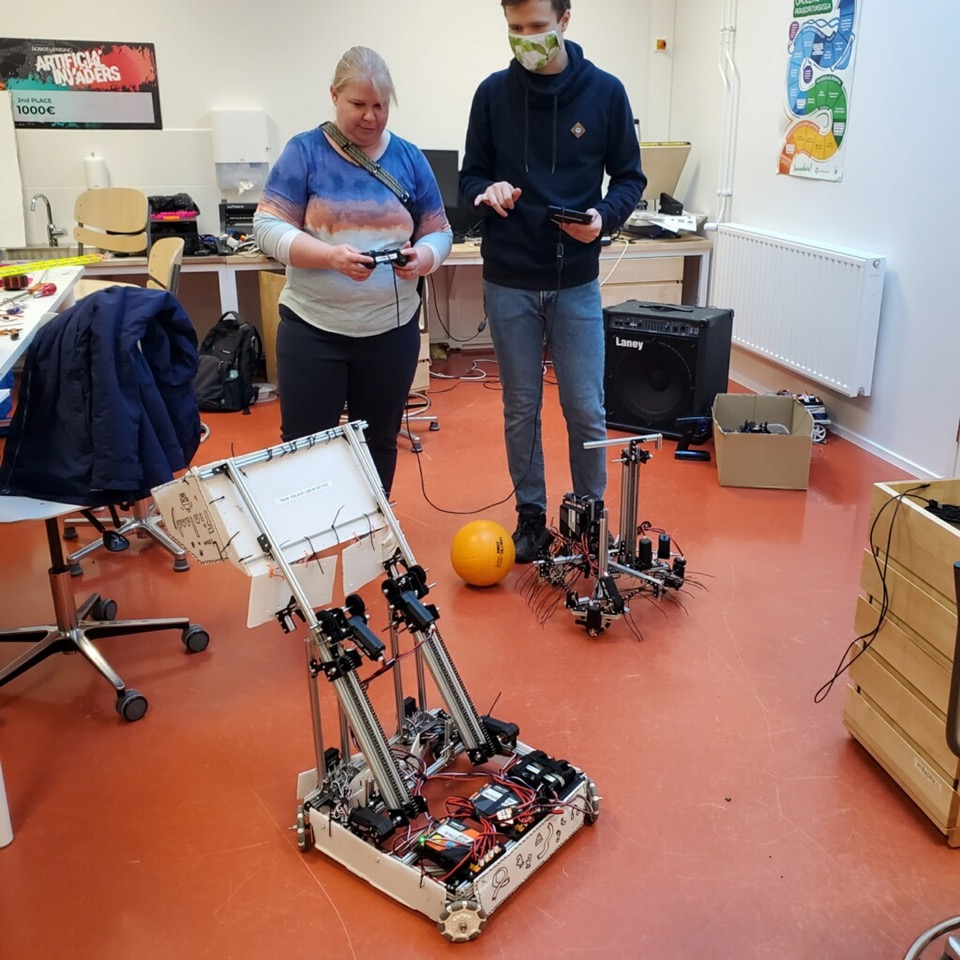
Next, we headed back to the Secondary School to eat the school cafeteria lunch. Finland focuses on teaching healthy eating habits in children from an early age. Our menu was baked fish, boiled potatoes and other vegetables along with a salad and several toppings.
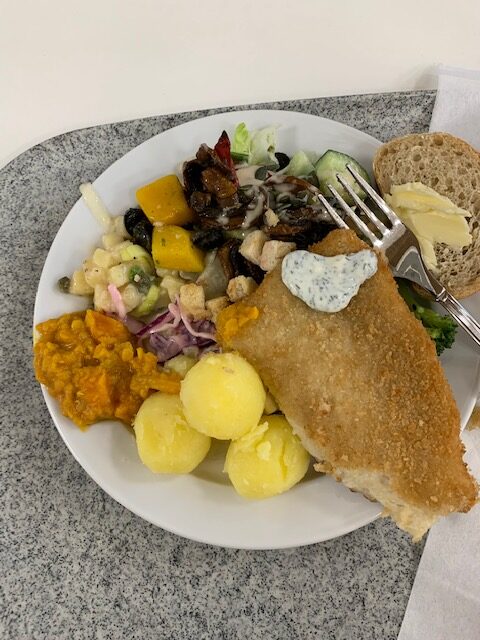
Our afternoon was spent at Aalto University Junior. We observed high school students visiting the lab for the day to make and test a compound of aspirin.

Next, we headed upstairs to a classroom for our own hands-on activity. We assembled a hydrogen-fueled model car as part of our discussion on the activities that Aalto does in their program.

We ended our day with a breathtaking ride on the Ferris Wheel overlooking The Baltic Sea.
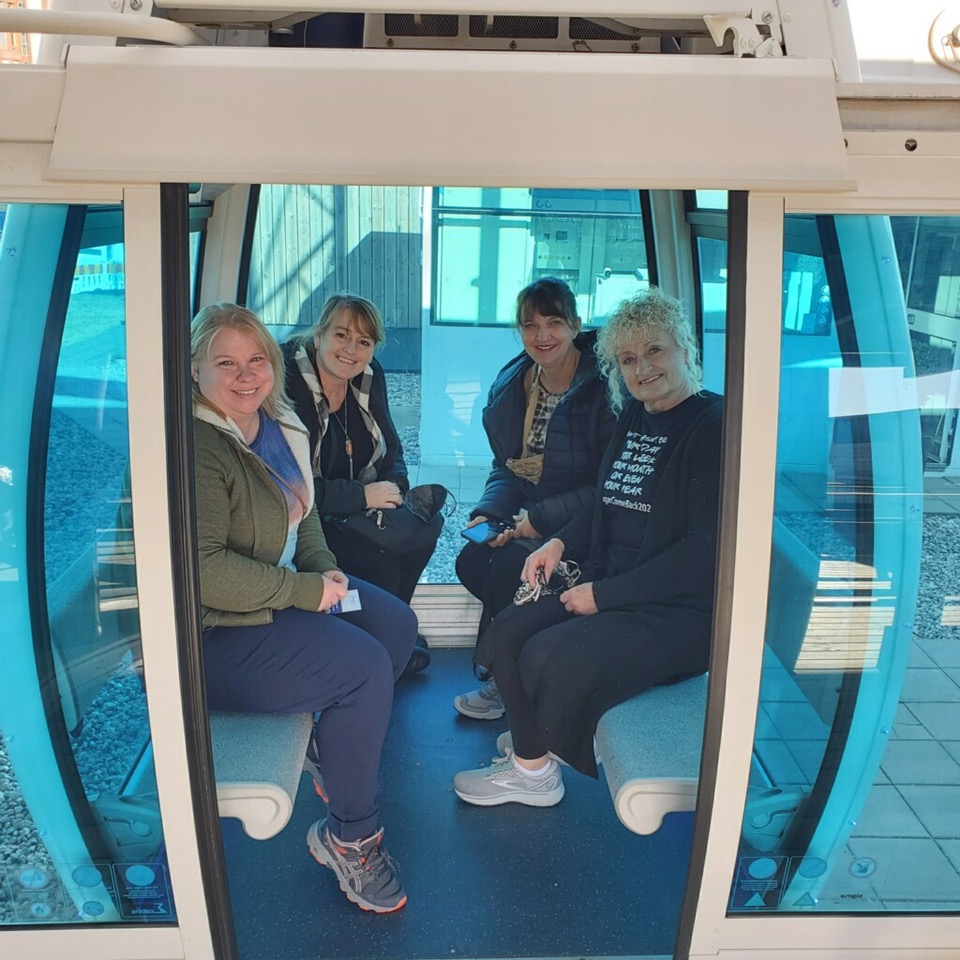
Our guide told us that the number one thing we should not miss is a visit to the Helsinki Central Library Public. She was right. It did not disappoint! When designing the library, a survey was sent out asking the residents what they would like to have in a library. The library’s second floor incorporates their wishes. This level offers everything from sewing machines, 3D printers, gaming rooms, oversized printing, meeting rooms, a demonstration kitchen, recording studios, green screens and video production equipment, and musical instruments that may be checked out with a library card. It was truly a fascinating place to see! –Sherry Cawood, MS Social Studies
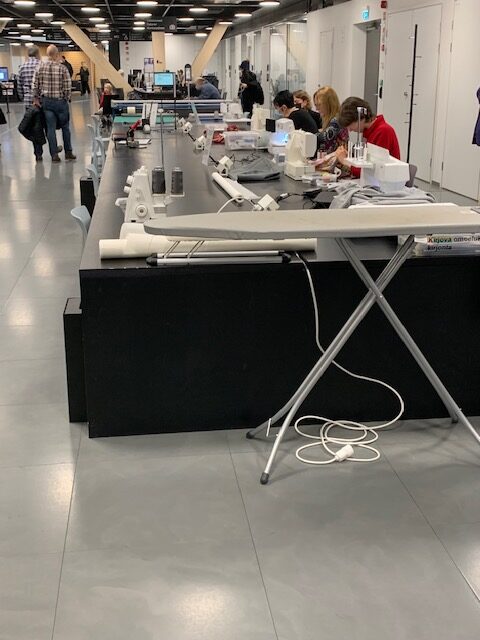

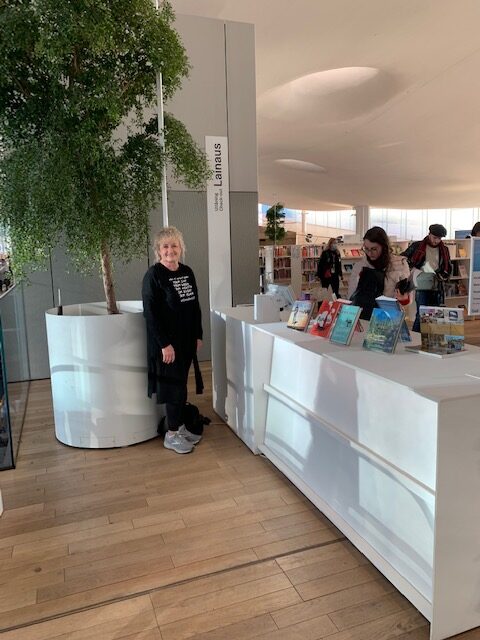
Tuesday, April 12
Greetings from Finland. Tuesday, April 12, we ventured to the Eastern side of Helsinki. We were split into two groups to pay a visit to two Finland schools.
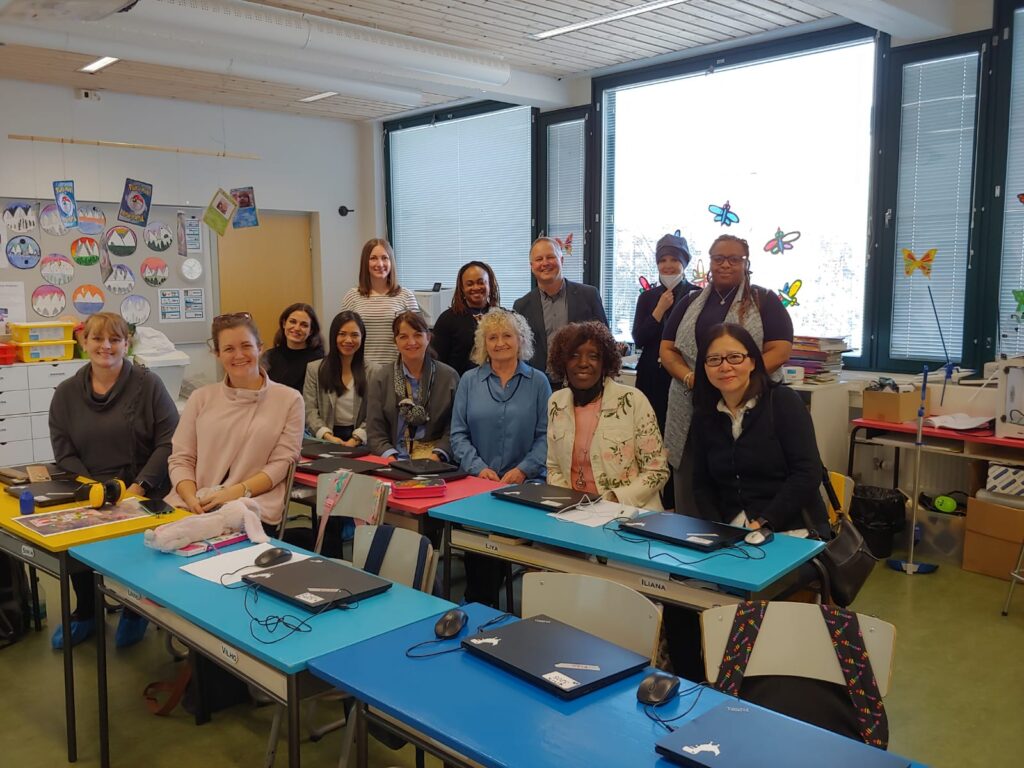
Mrs. Lindsey visited Vuosaari Upper Secondary School, (age groups 16 – 18). As you can see, she had a close encounter with a unique Finnish guy…..
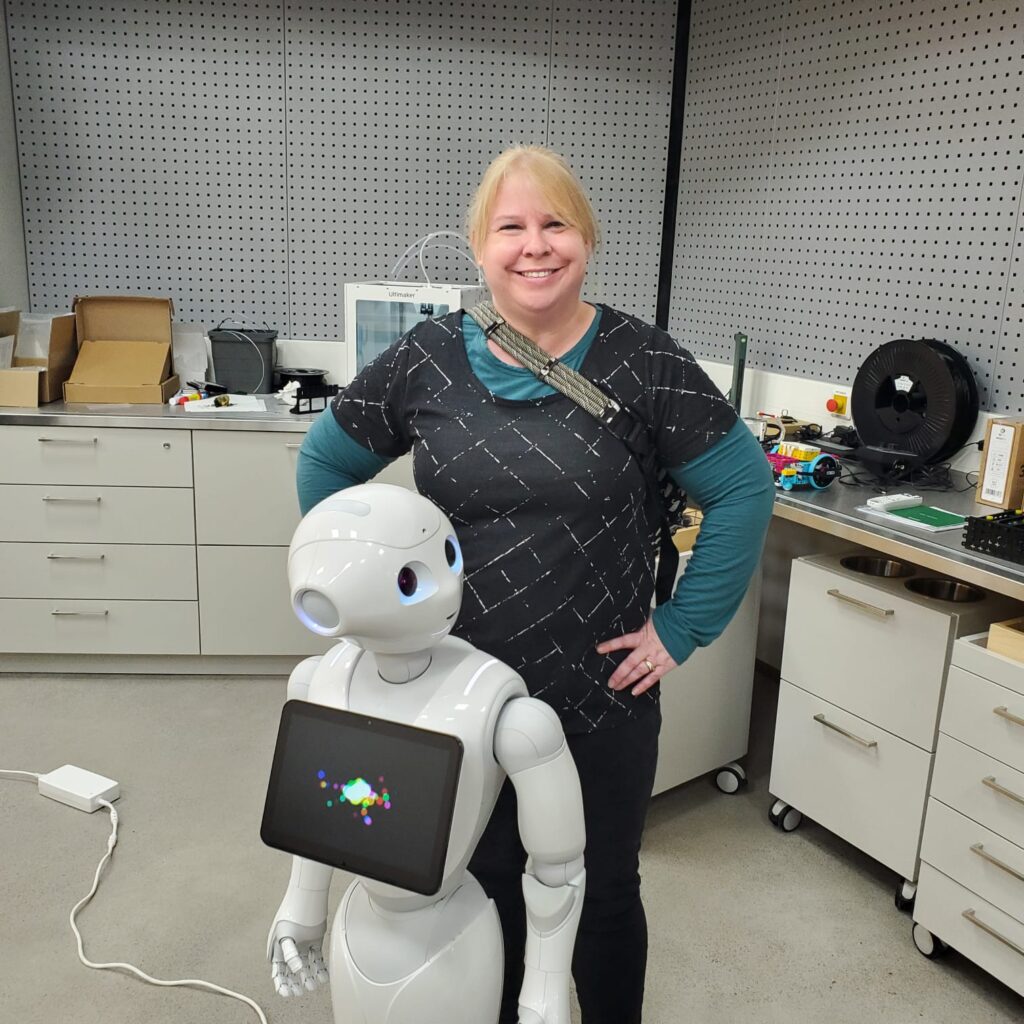
Puistopolku Comprehensive School, (age groups 7 – 15), welcomed Mrs. Cawood, Mrs. Holt, and me. While there, we observed classes, held dialogues with teachers, and toured the school. The Finns believe they are the world’s most impactful, equitable, and effective place for learning. The government requires good schools for every student, for all to be respected as valued individuals, and a strong democratic school community. We were amazed all the elementary schools are shoe free! Notice the students, at their desks, are wearing only socks.
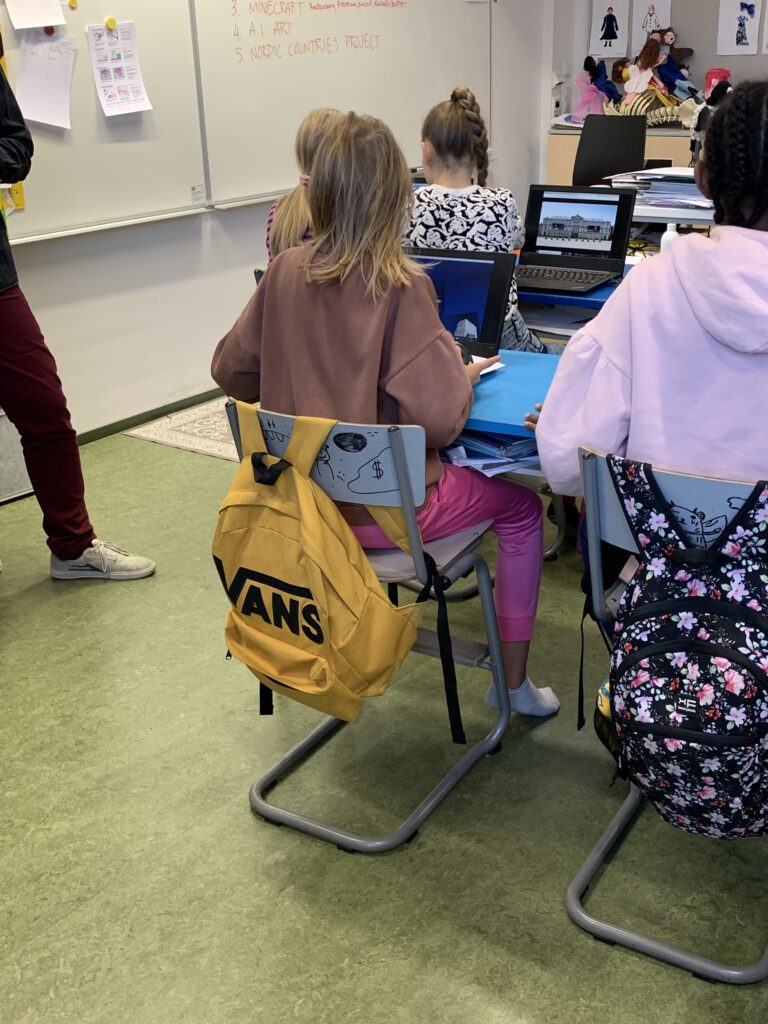
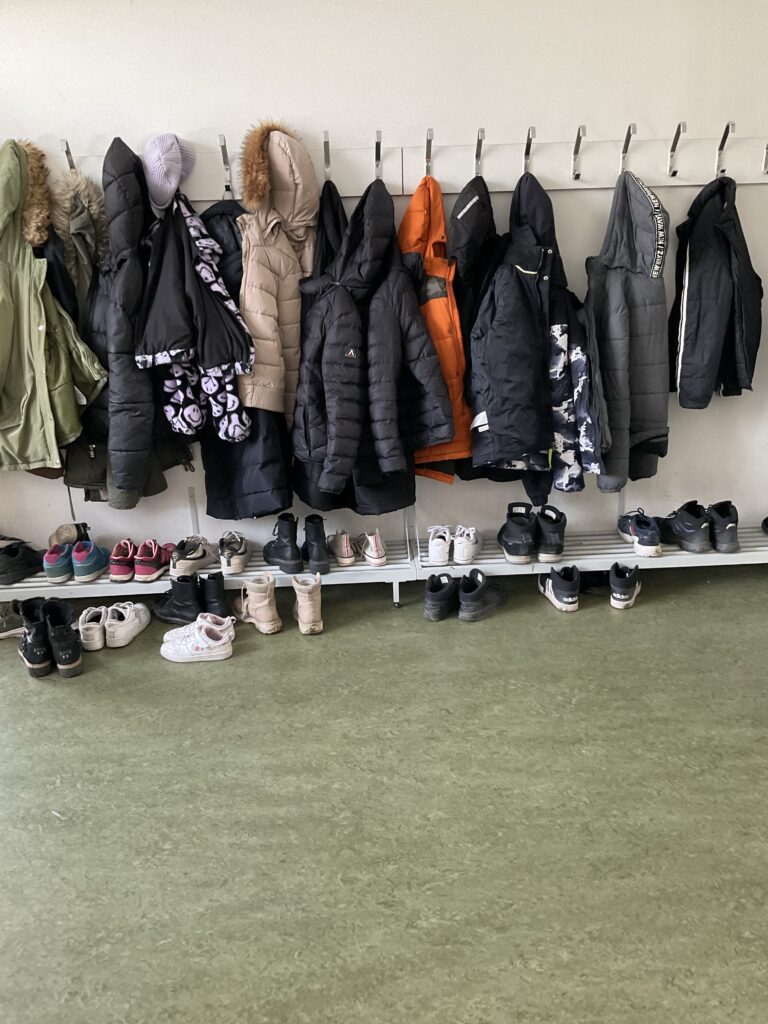
Even visitors are required to wear shoe covers. Check out our fancy feet!
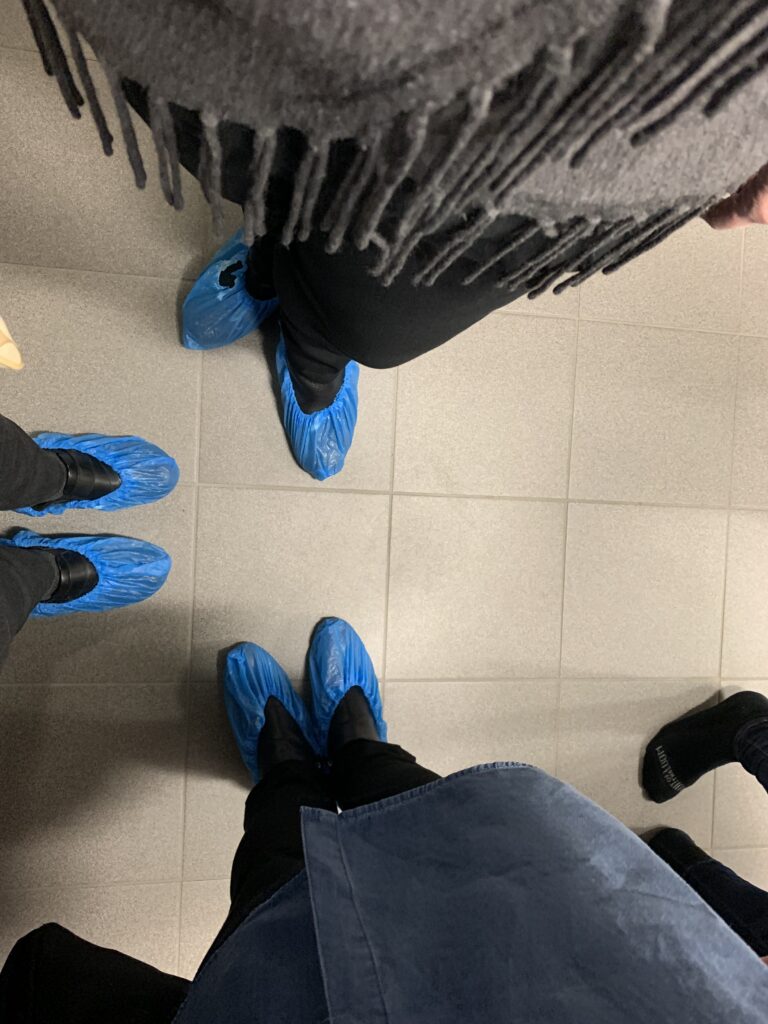
Our lunch, was at Luonnontiedelukio Upper Secondary School of Natural Sciences, in Helsinki. The schools provide lunches for all students, and they are not allowed to bring lunches from home. All students in elementary and secondary school self serve their lunches.
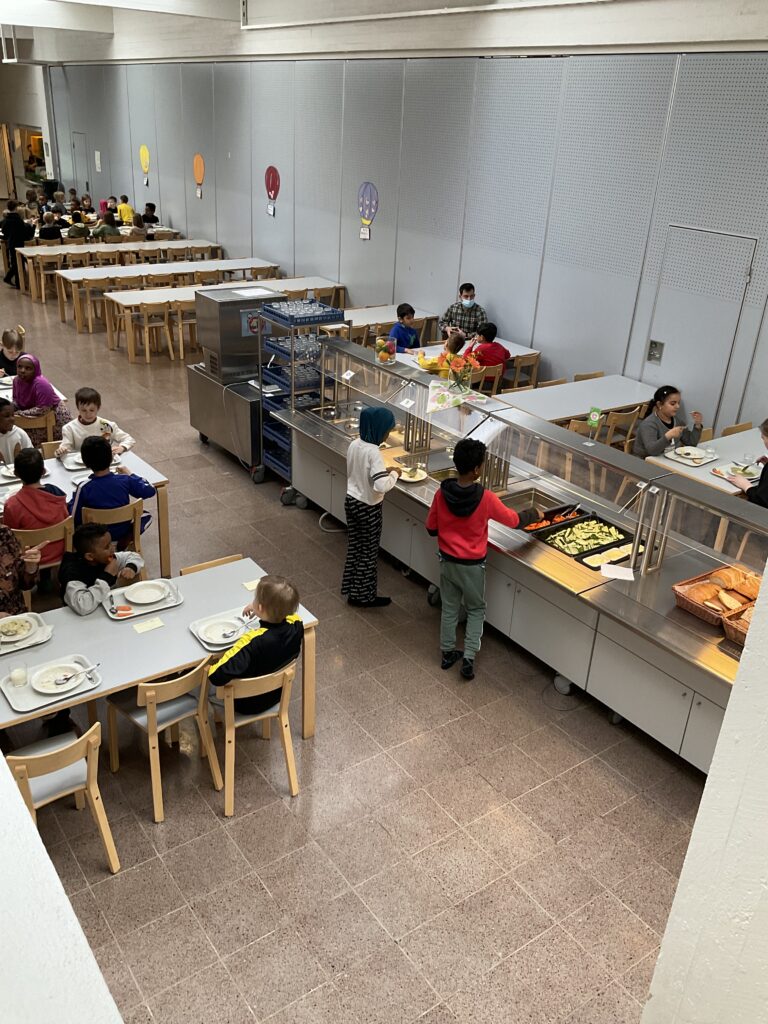
The students are taught responsibility at an early age. In some areas, groups of seven year olds and older walk home alone. Parents are at work and homes are unlocked.
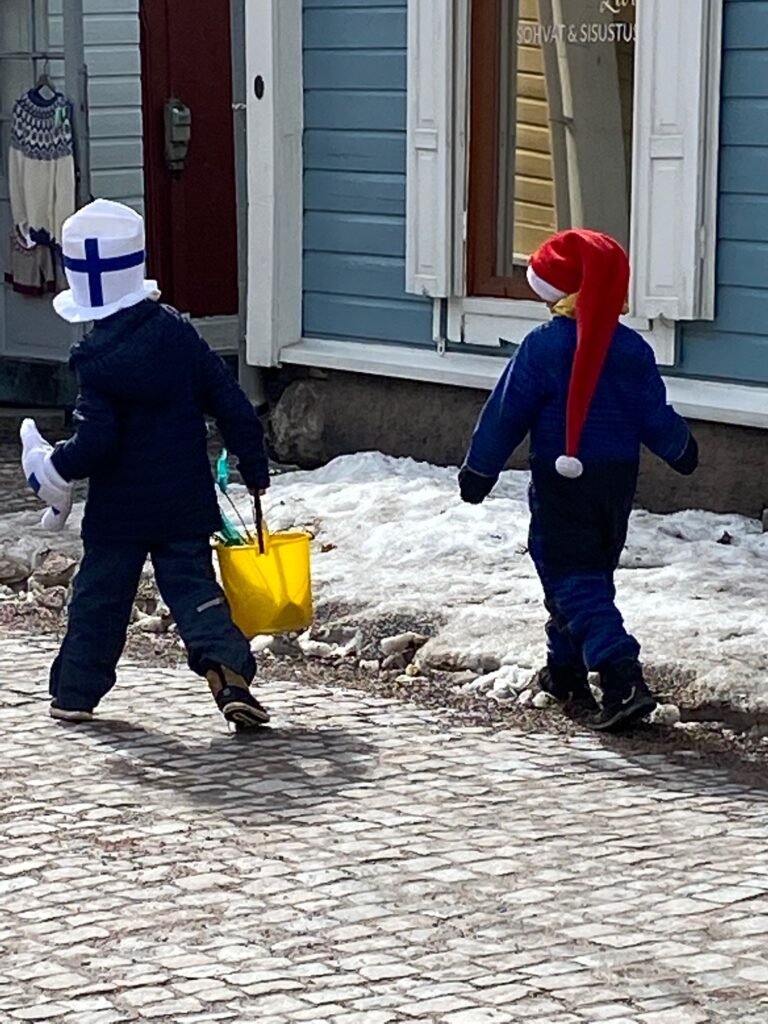
We visited Helsinki’s Design Museum for a dialogue dedicated to design thinking and learning in the Finnish education sector. Finnish design has established a reputation as a flag bearer for equality. Many of its most iconic design products have been perceived as having the ability to increase equality in daily lives. The Design for Every Body exhibition addresses this idea.
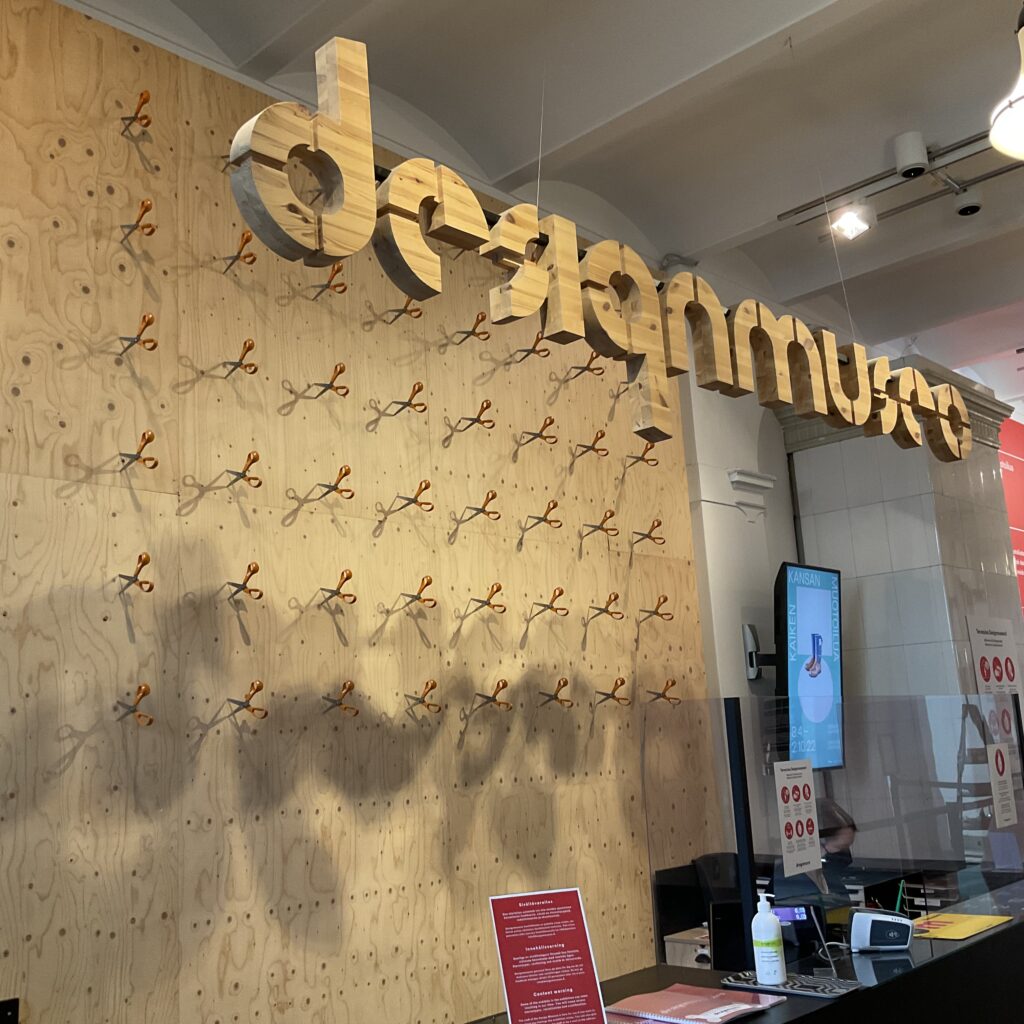
The first unisex fashion collection was designed, for Marimekko, in 1968. The design was inspired by the American youth fashion trends and was hailed as a symbol of equality because everyone looked the same.
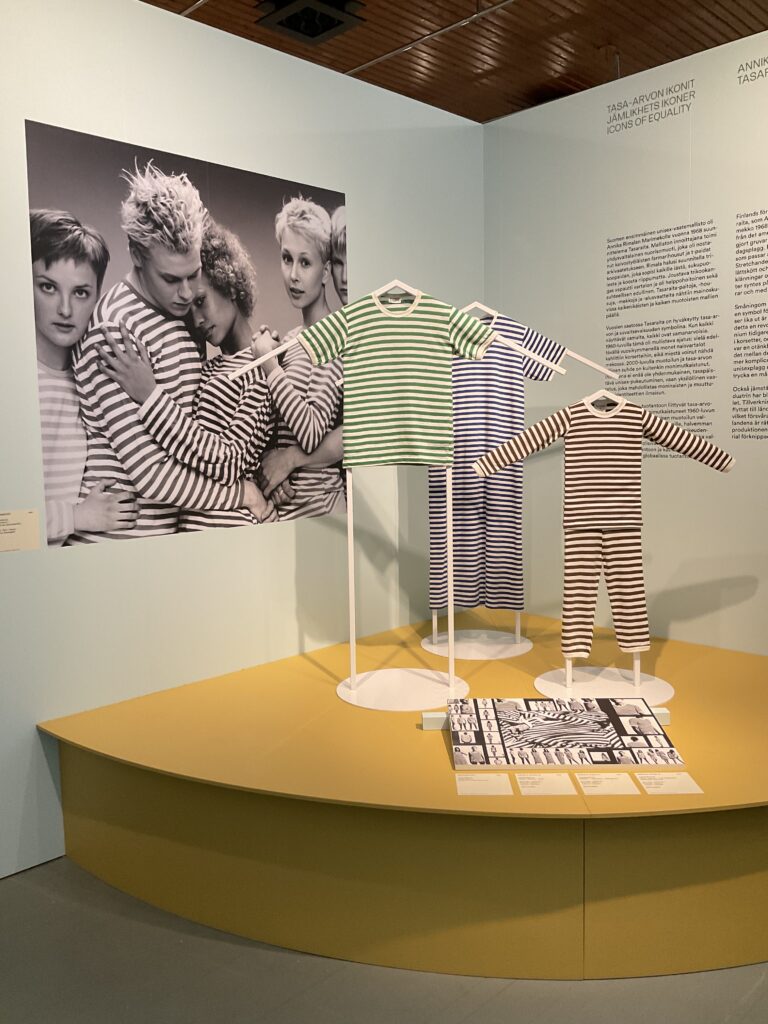
Bordering the Baltic Sea, Gulf of Bothnia, and Gulf of Finland, as well as Sweden, Norway, and Russia, Finland is the northernmost country in the European Union. The Baltic Sea is an arm of the Atlantic Ocean enclosed by Finland, Estonia, and other European countries. Upon an administrator’s request, (Guess who?), our tour guide was kind enough to stop the bus, so we could touch the Baltic Sea! How intriguing! –Gina Goostree, Head of LS
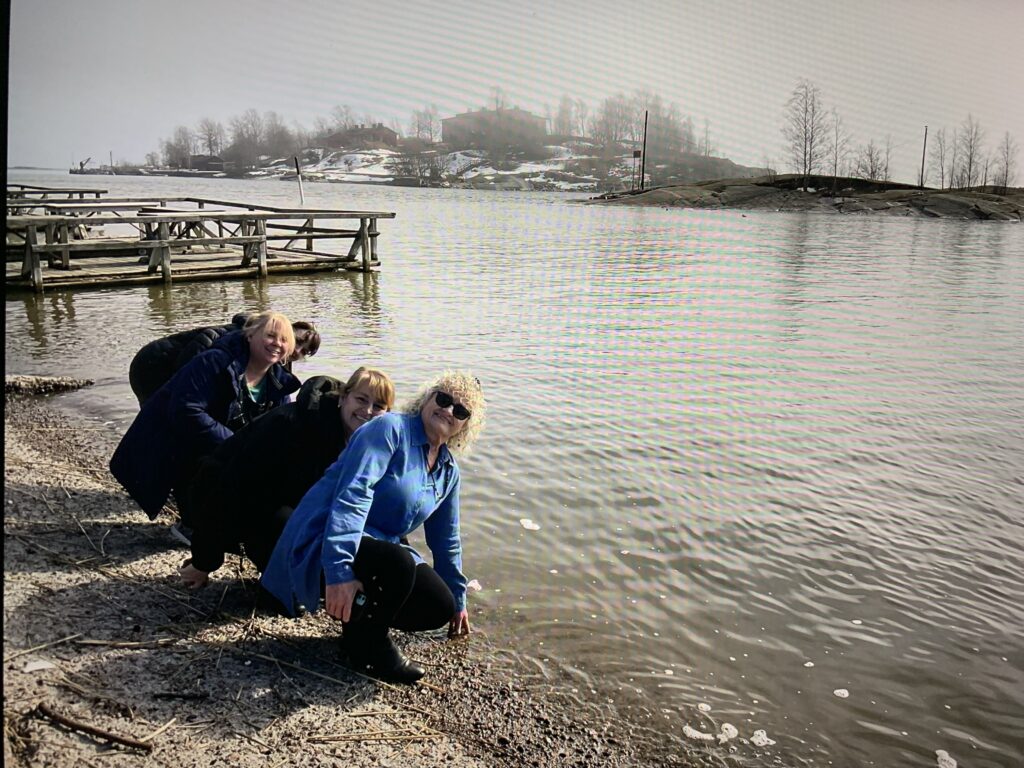
Wednesday, April 13
For our last morning in Helsinki, we began our morning at the Olari School in Espoo, Finland.
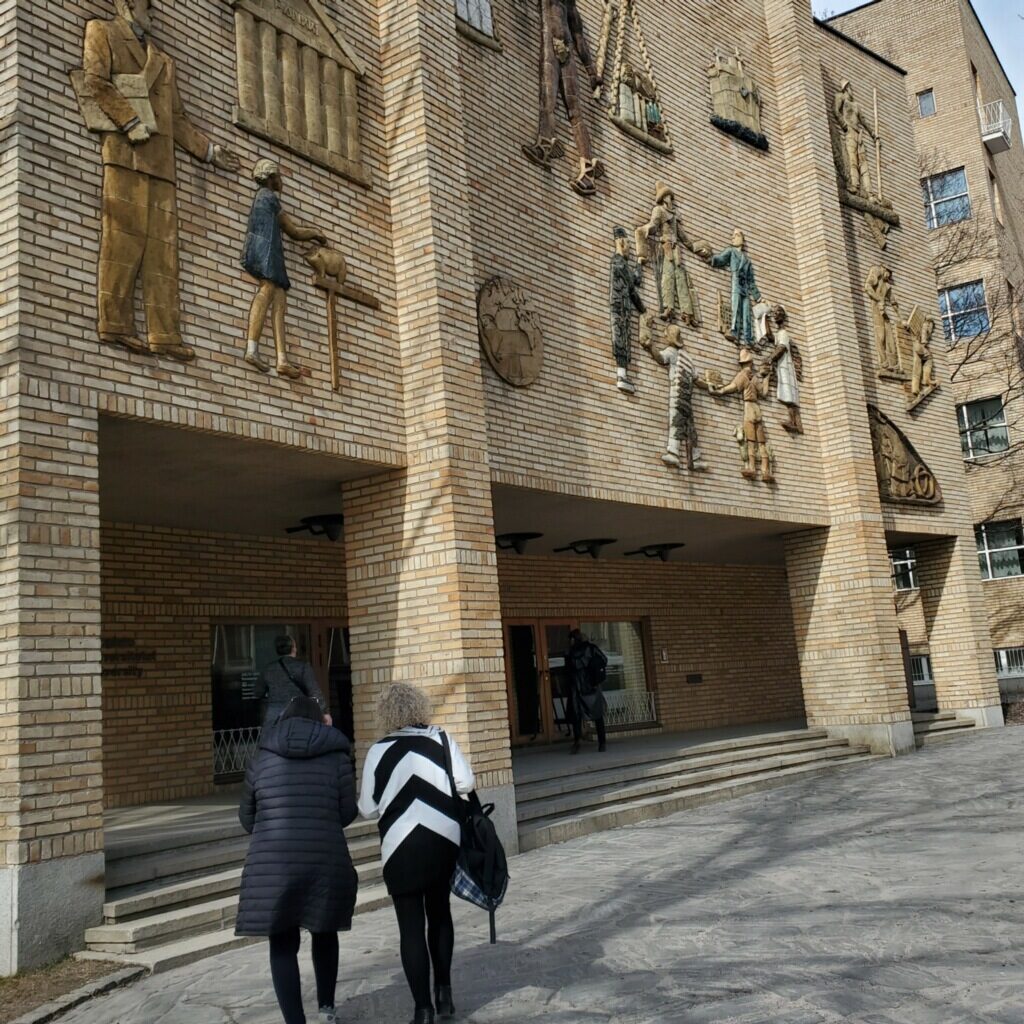
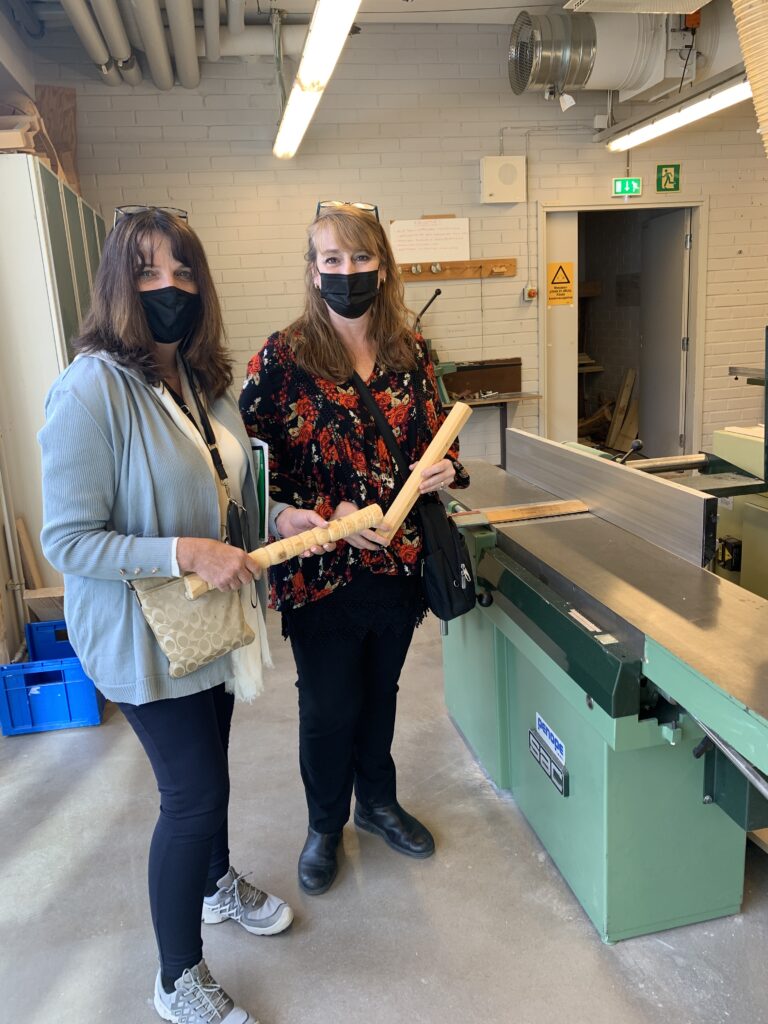
Teachers shared about their programming and robotics program, mathematics, and science. We also watched a demonstration by the robotics club. After visiting classrooms, students gave us a tour of their wonderful school.
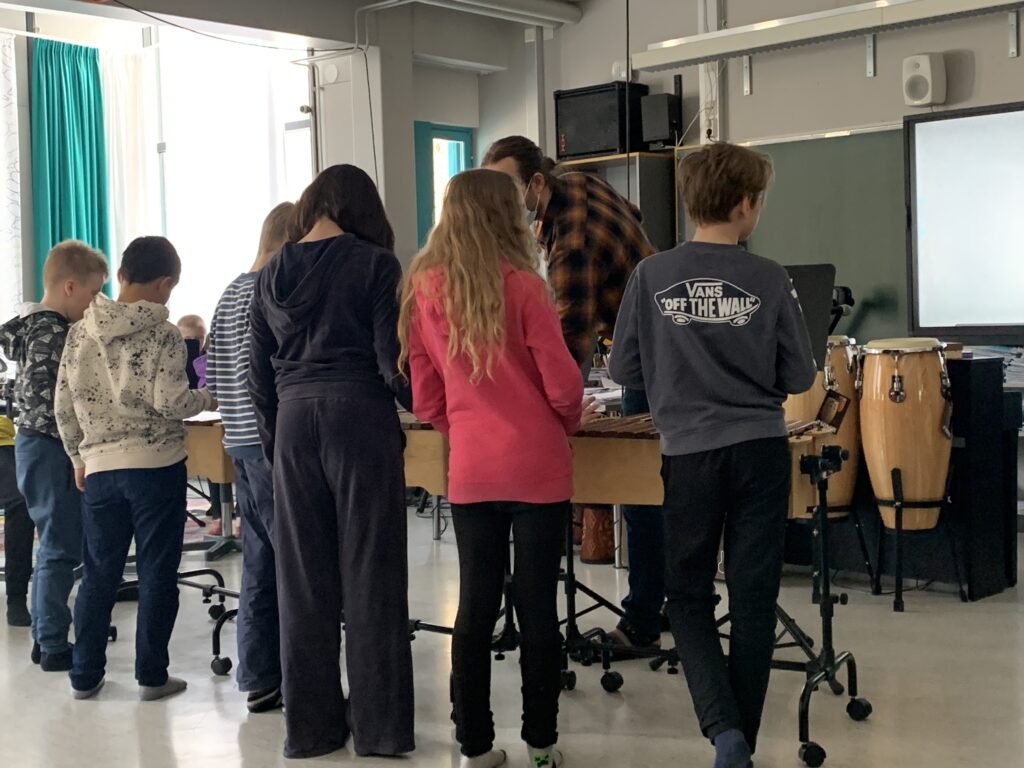
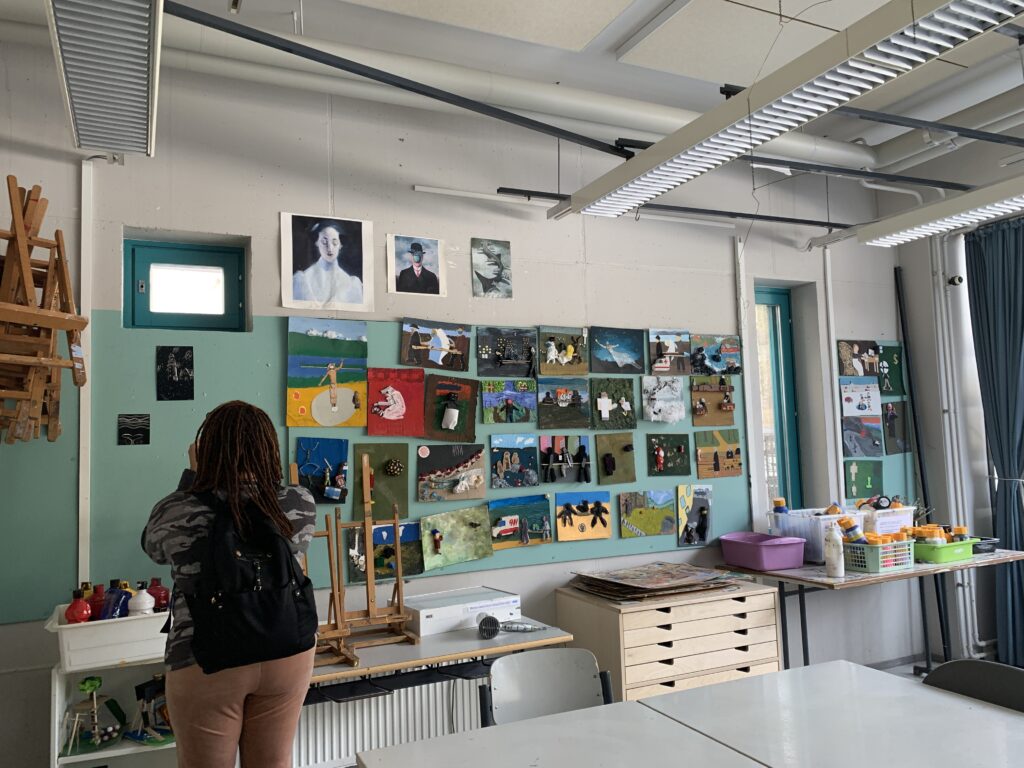
Next, we visited Code School Finland at the Helsinki Education Hub. Code School Finland works with schools and trains teachers to teach coding, programming, AI, and robotics. They walked us through the history of Finnish education, the unique Finnish approach, and the services they offer.
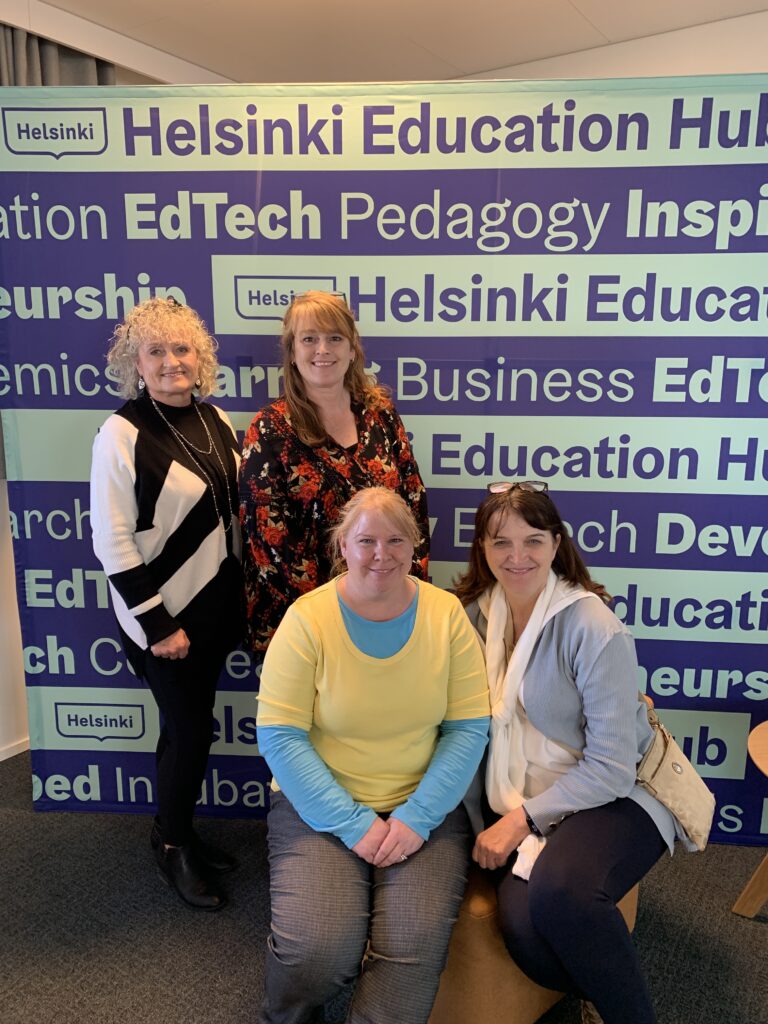
Next, we were off to the ferry terminal. We travelled two hours across the Gulf of Finland to Tallin, Estonia.
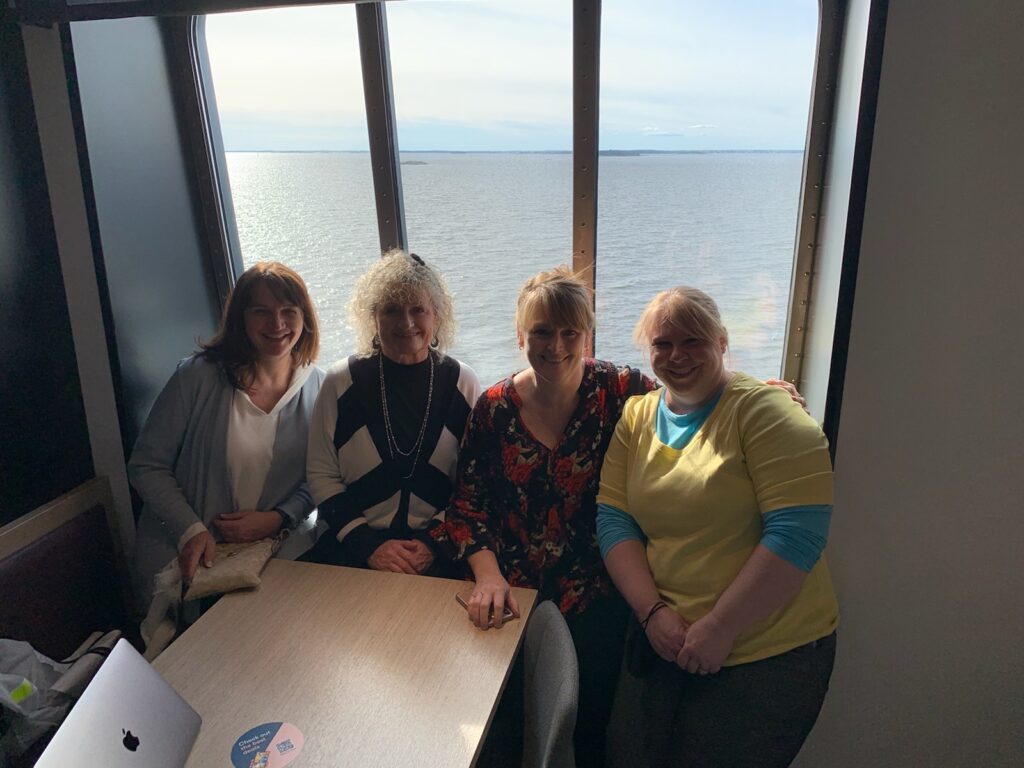
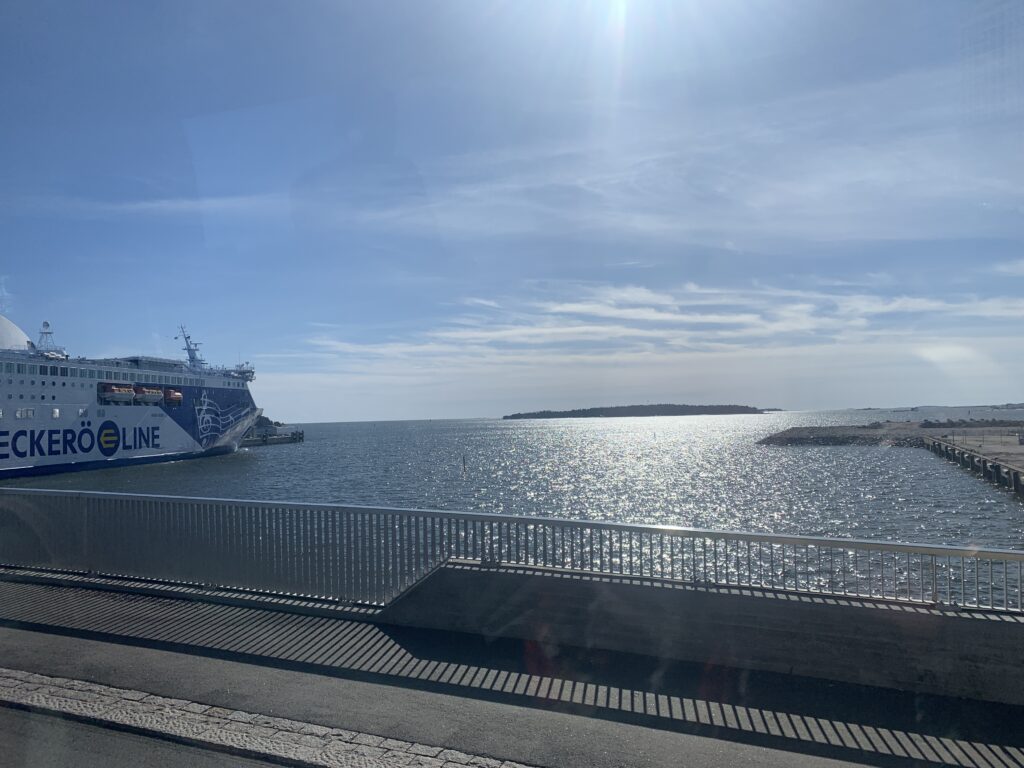
Upon arrival, we were greeted by our Estonian guide and his family and given a very quick tour of the downtown Tallinn area. We checked into our hotel and set off on foot to explore the picturesque Tallinn Old Town. It is the best preserved medieval city in Northern Europe with Gothic spires, winding cobblestone streets and absolutely enchanting architecture.
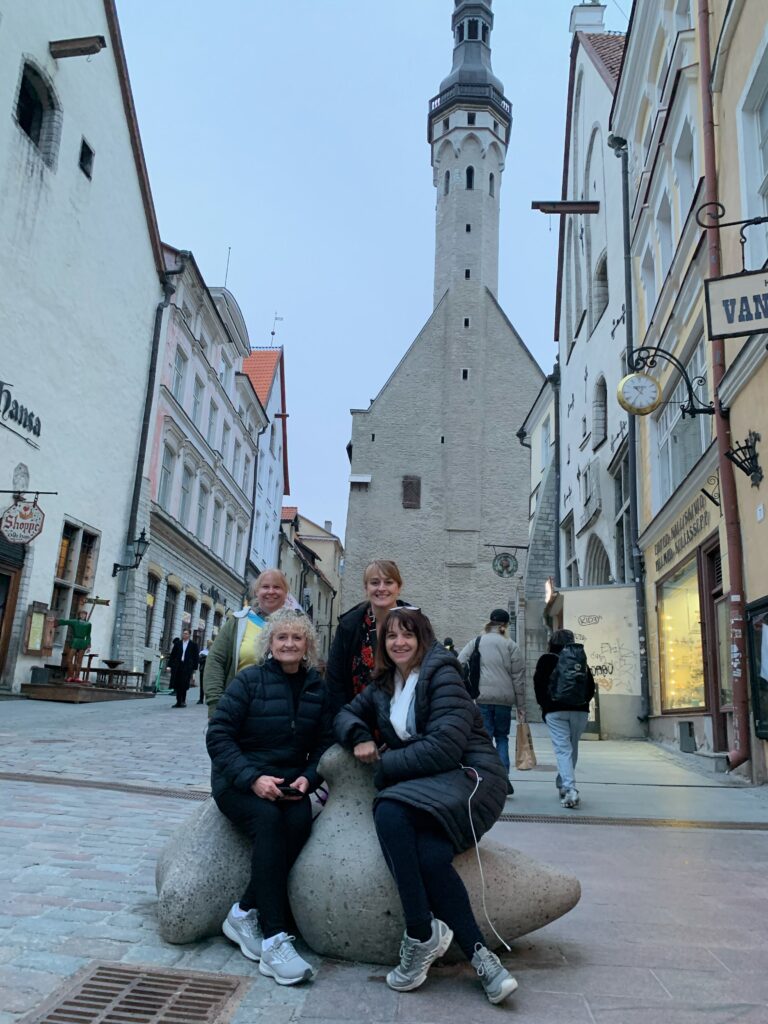
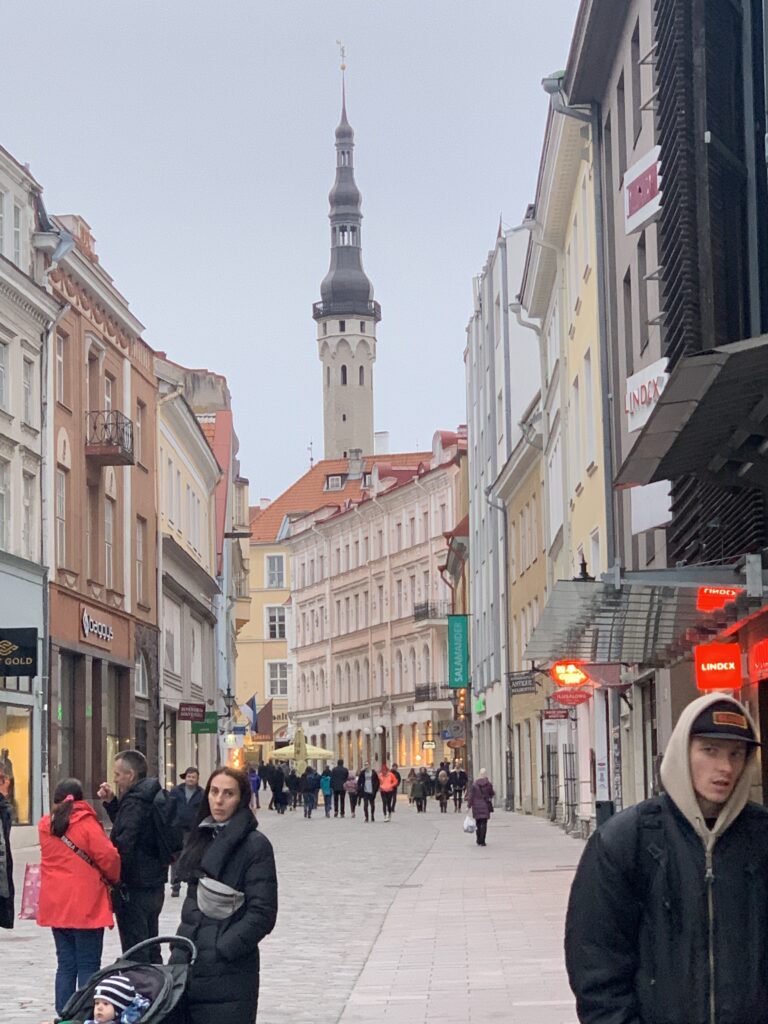
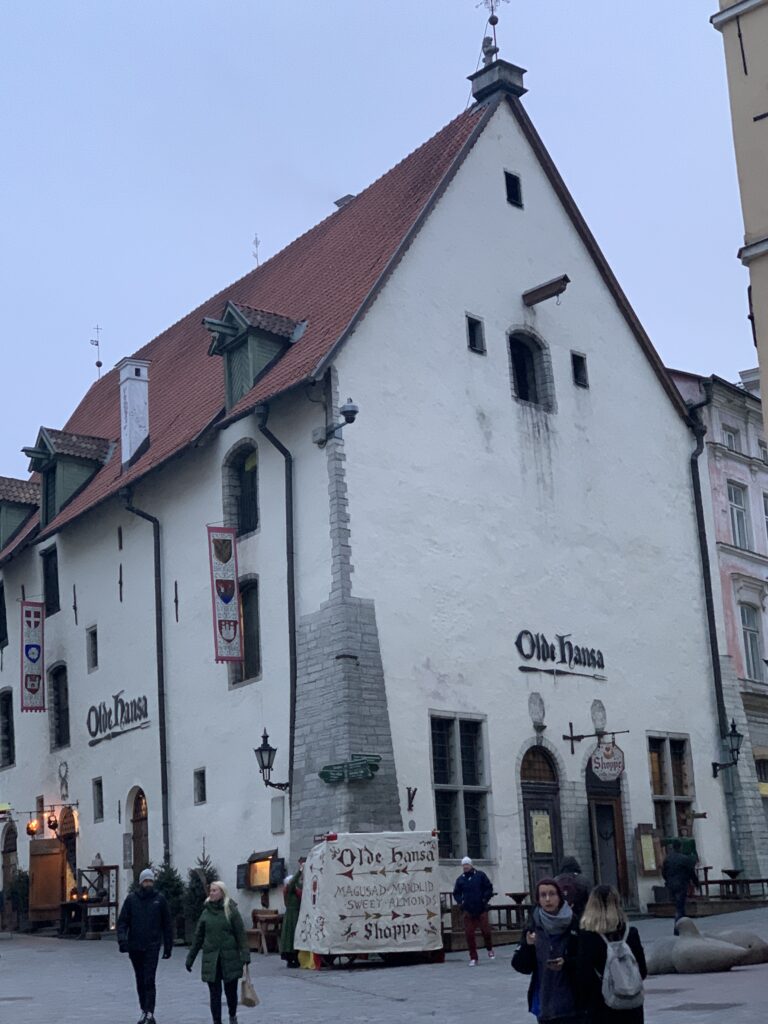
Lastly, Mrs. Lindsey stopped a couple of local police officers to complete a special request for Officer Dericho. These very kind officers gave a “challenge patch” to take back to Dericho along with their name and address for him to mail one back in return. –Shelley Holt, LS Teacher
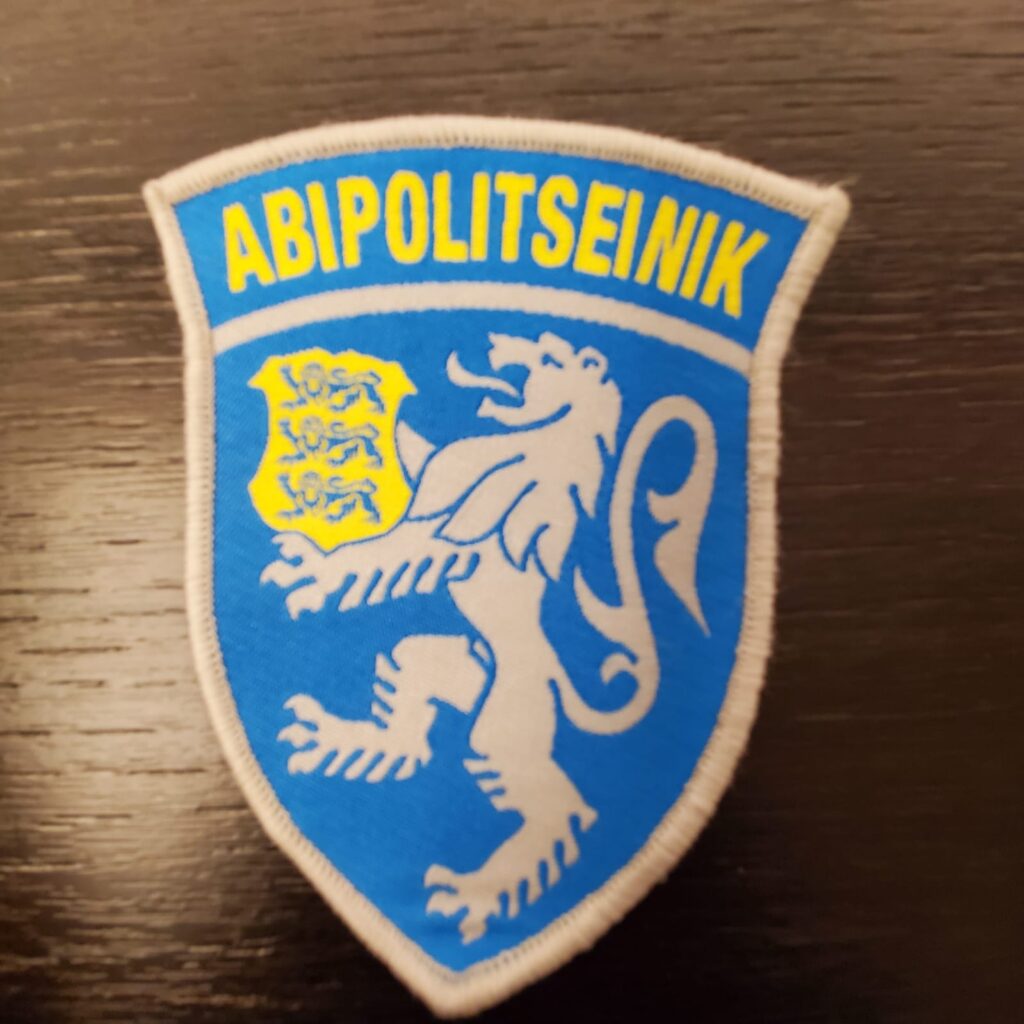
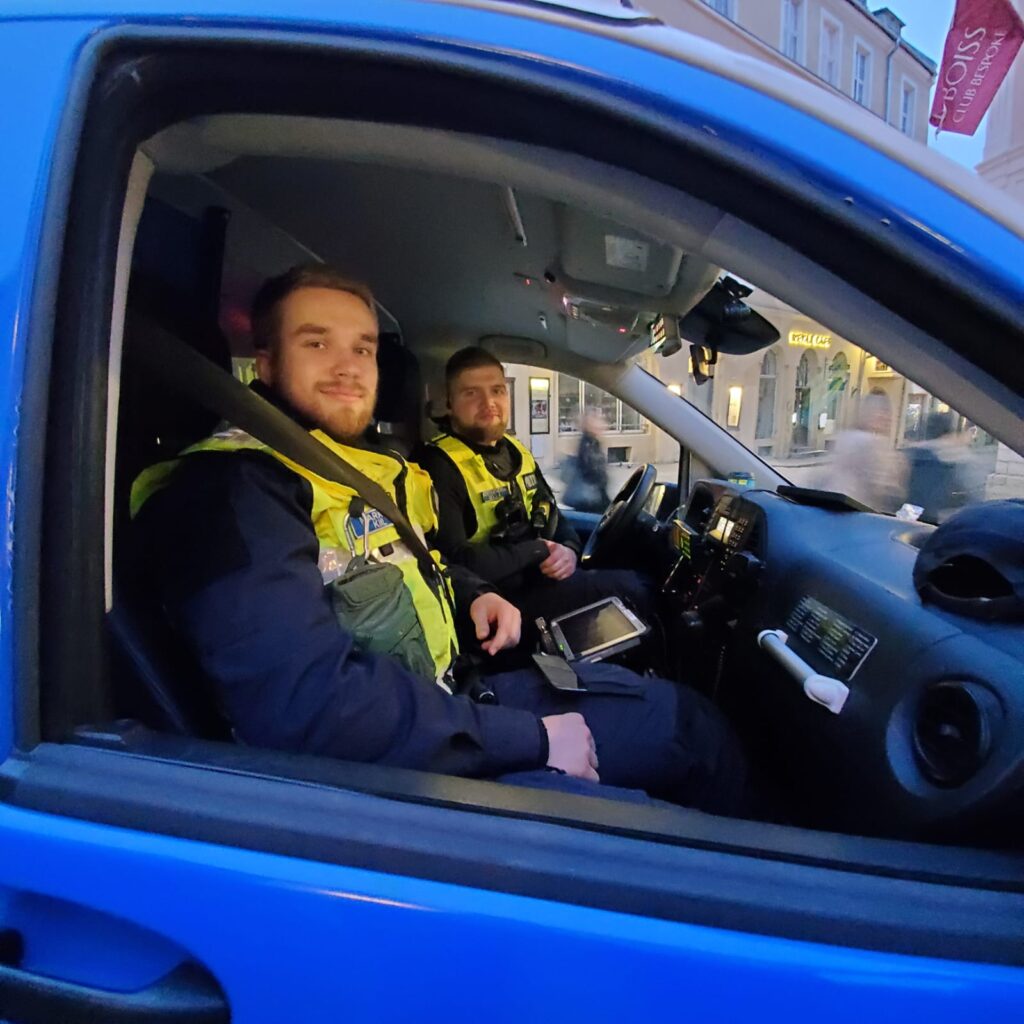
Thursday, April 14
Tere (hello) from Tallinn! Thursday morning started with a visit to Tallinna XXI Kool, or Tallinn School 21. We were greeted by a beautiful performance from the choir. Silva and Michelle were our student guides on a tour of a first grade class, library, robotics lab, and music, physics, and math classes. The walls are covered with incredible student art. Every year the school chooses a different country as a theme and the art reflects that choice. This year’s country is Egypt. The students were welcoming and answered many questions, and instructors shared the resources used to incorporate STEAM into as many classes as possible.Our second school is Pelgulinna Gymnasium, a grade 1-9 arts focused school with 850 students. Pelgulinna’s motto is “Choose Create and Do”. We saw the school’s pool with a swimming lesson in session and were treated to a performance by the first grade music class. We participated in a robotics lesson with third graders before a presentation on the school’s mission and growth.The third and final school on our itinerary was Tallinn University. We learned about the Tallinn educational system and its history before spending time in the EduTech space.The evening will be spent exploring Tallinn’s beautiful Old Town. Good Friday is celebrated in Estonia so we will head to Lahemaa National Park tomorrow morning! –Christine Lindsey, US Science
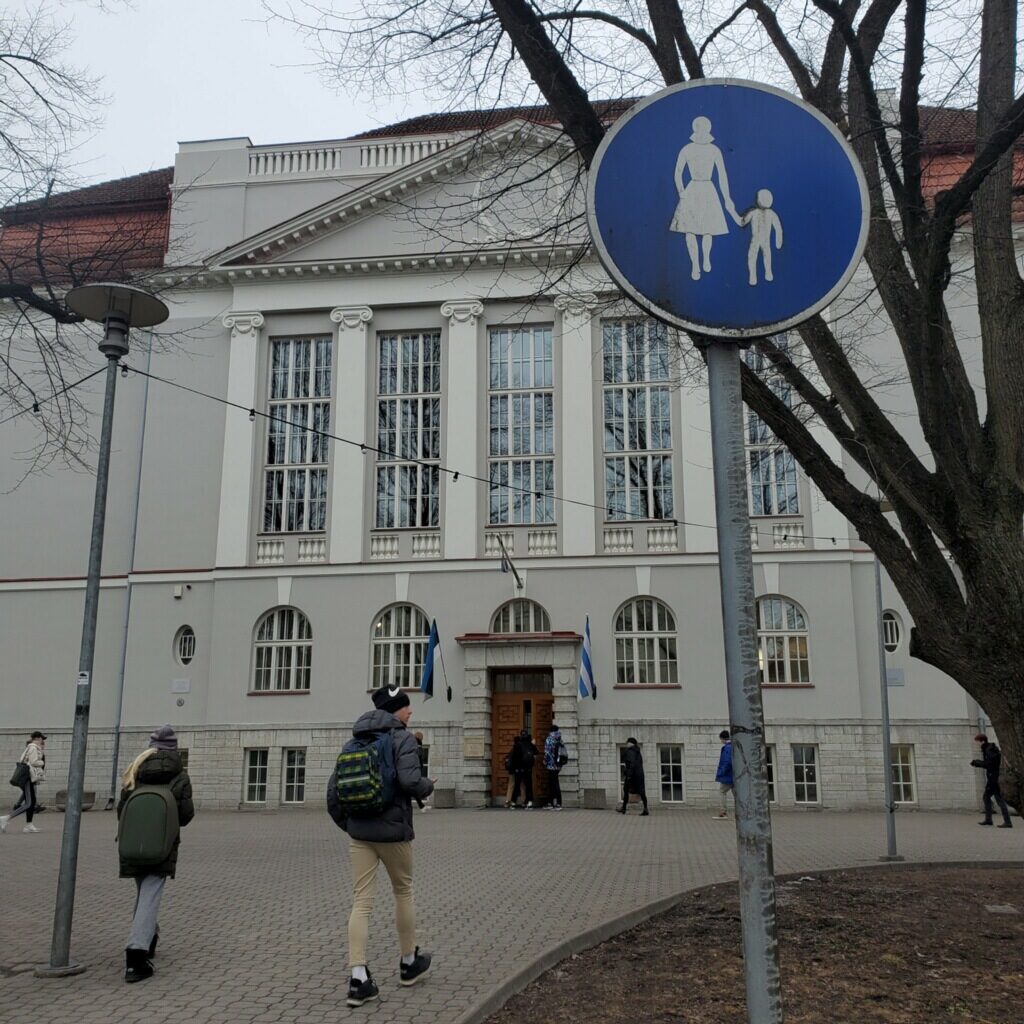
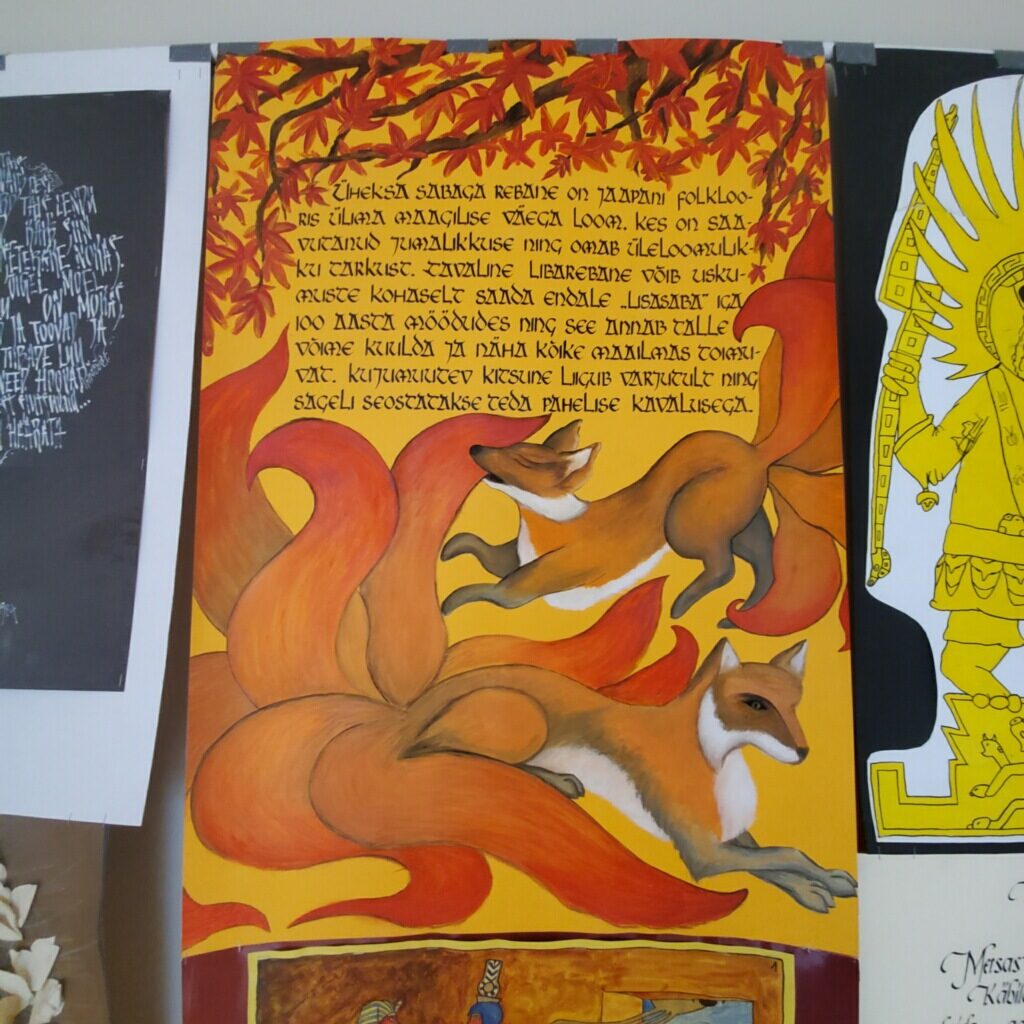
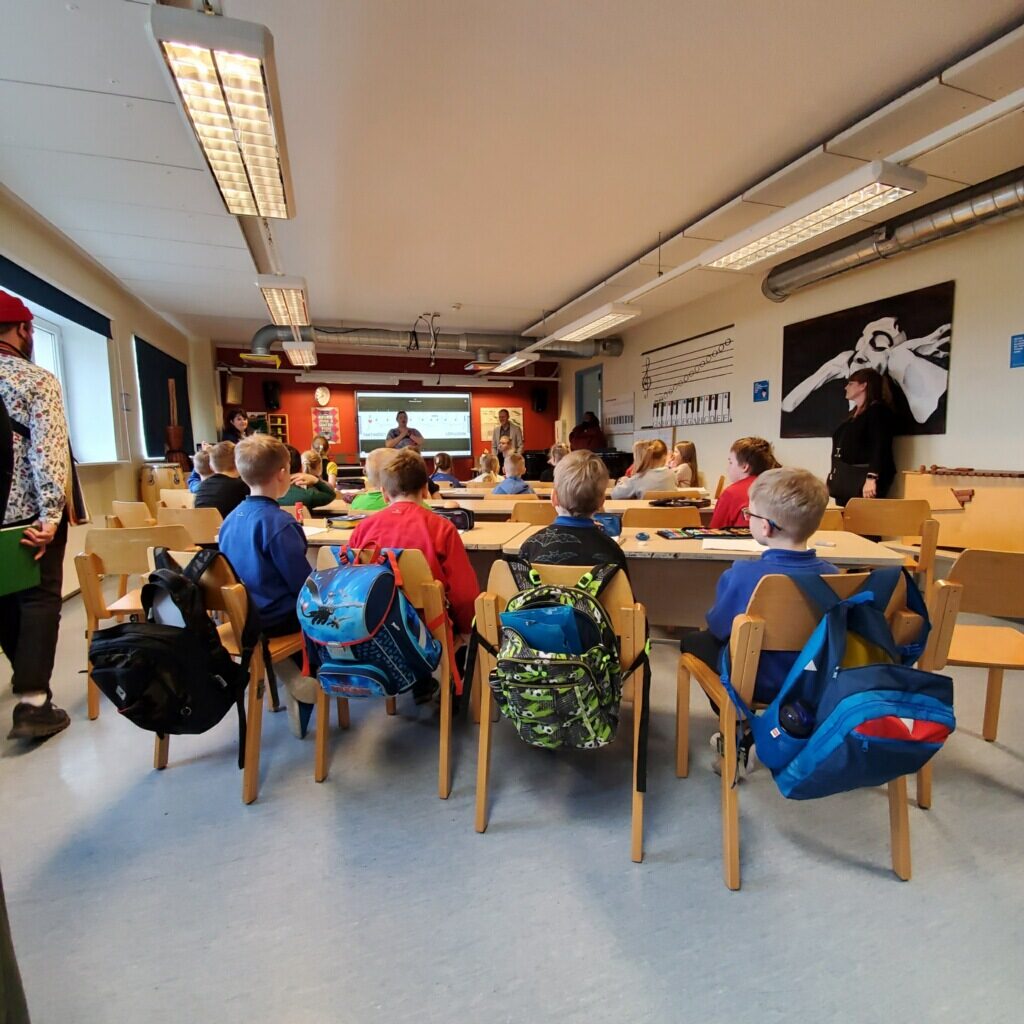
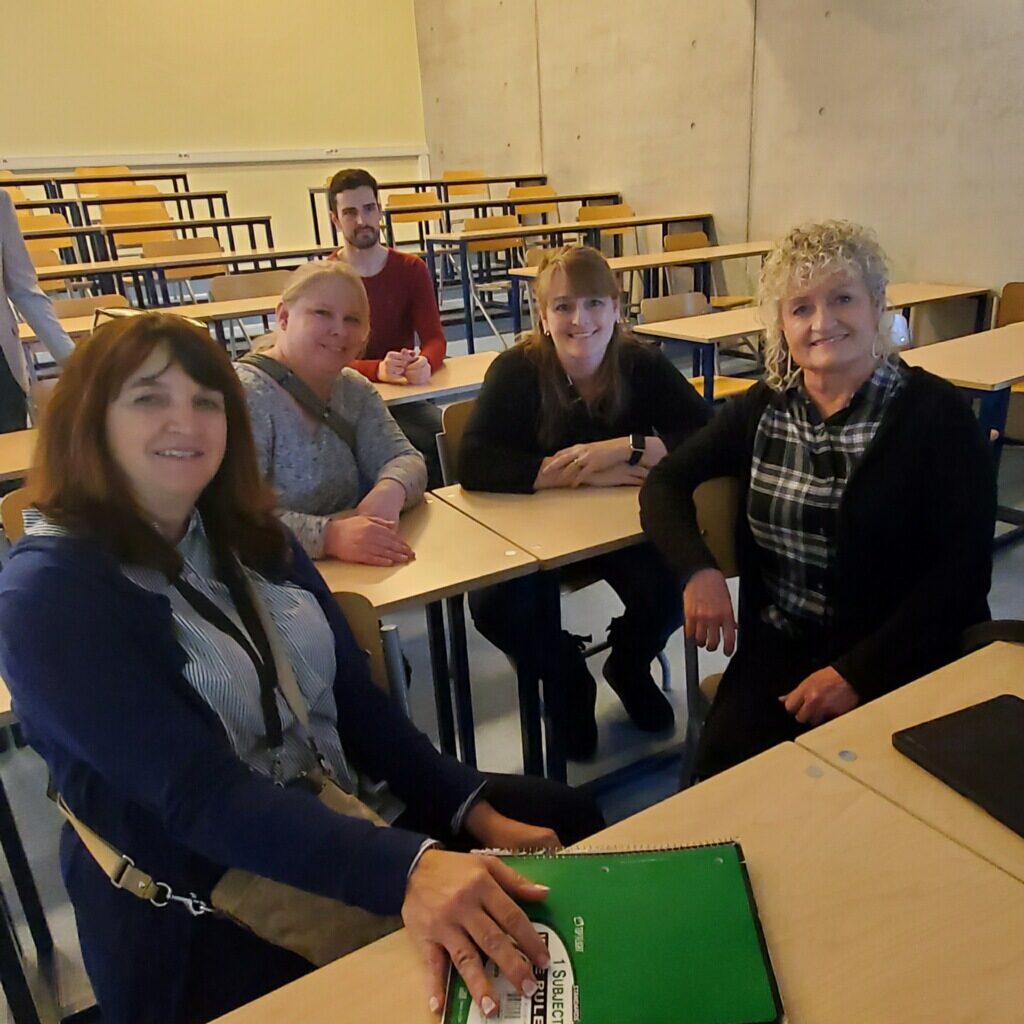
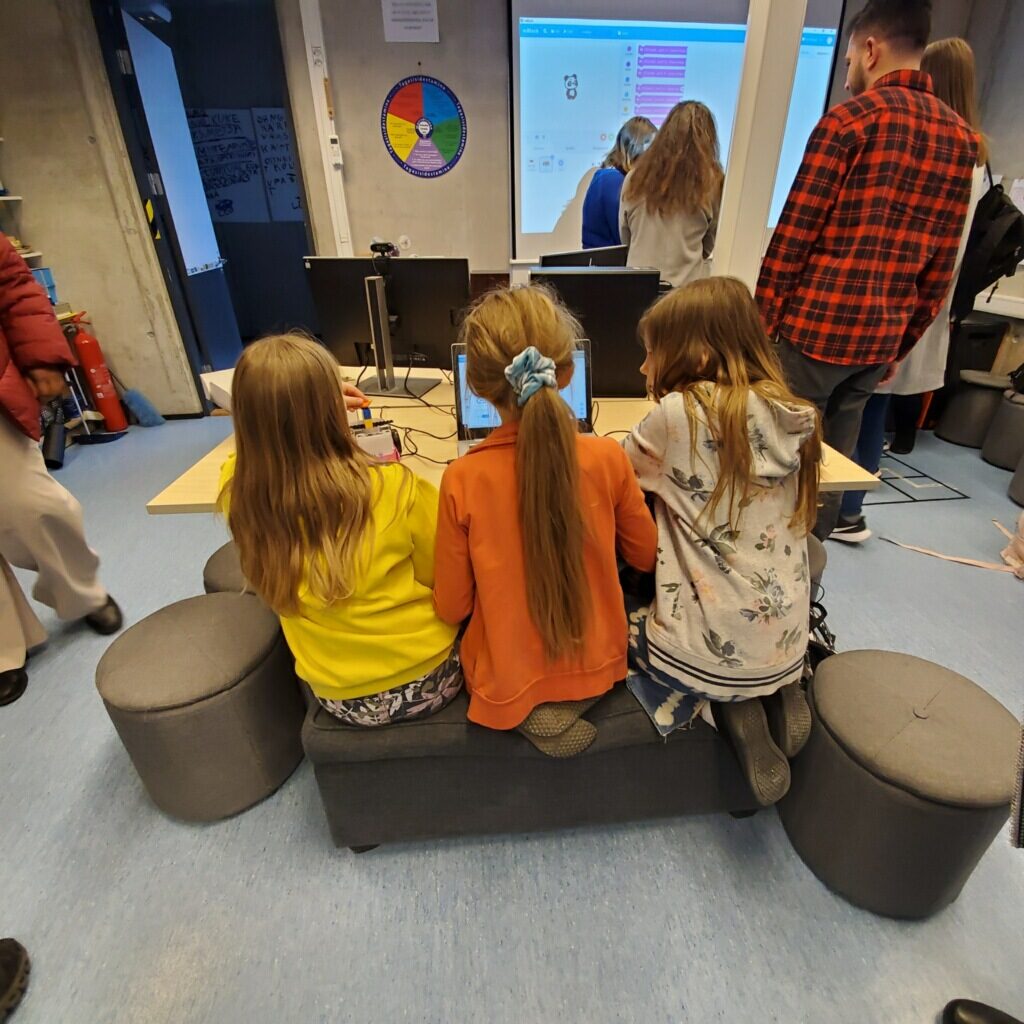
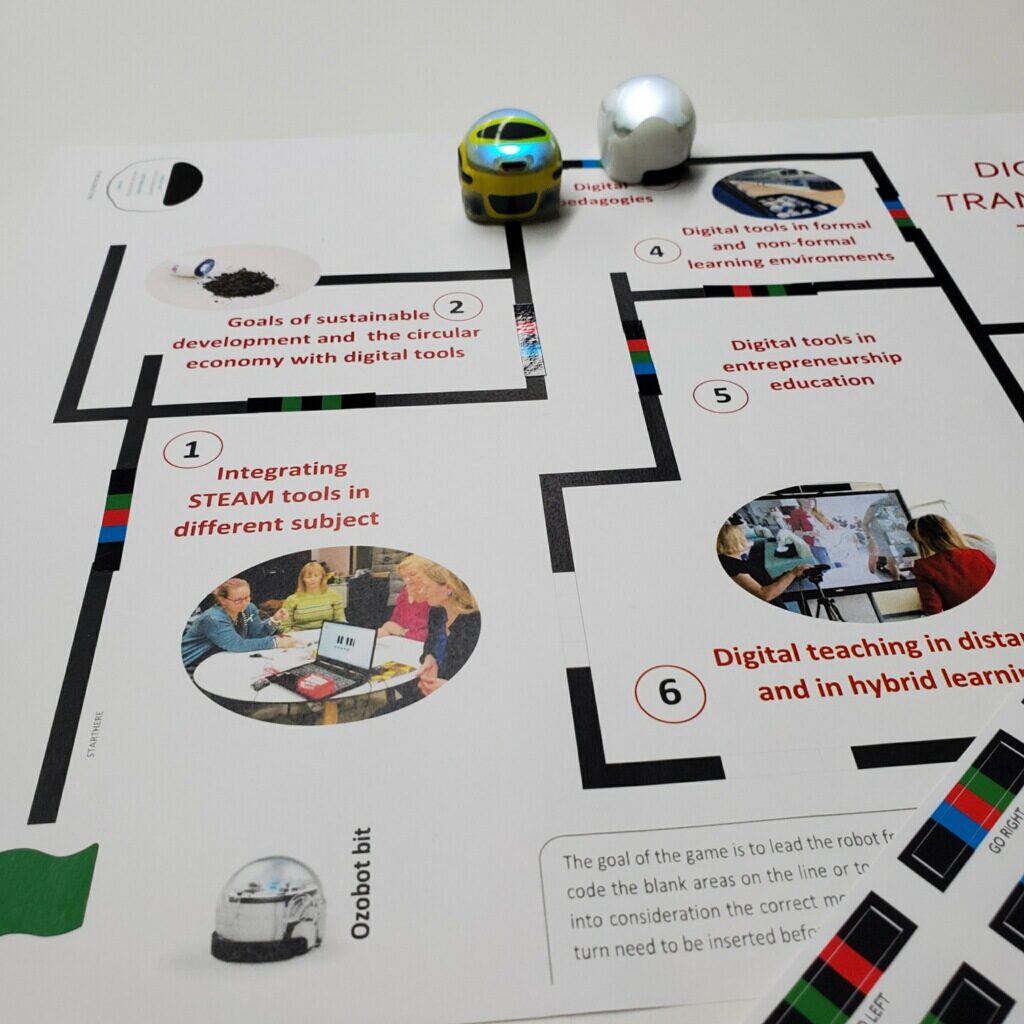
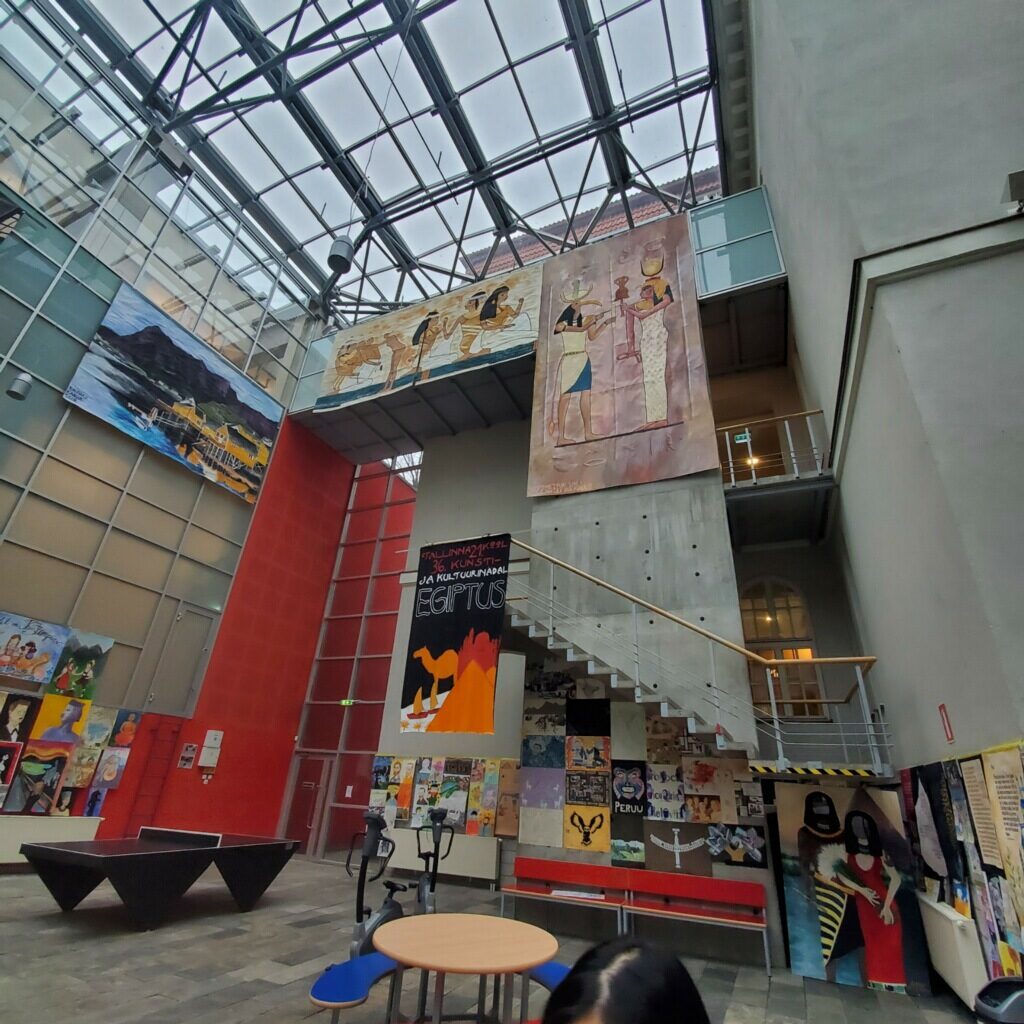
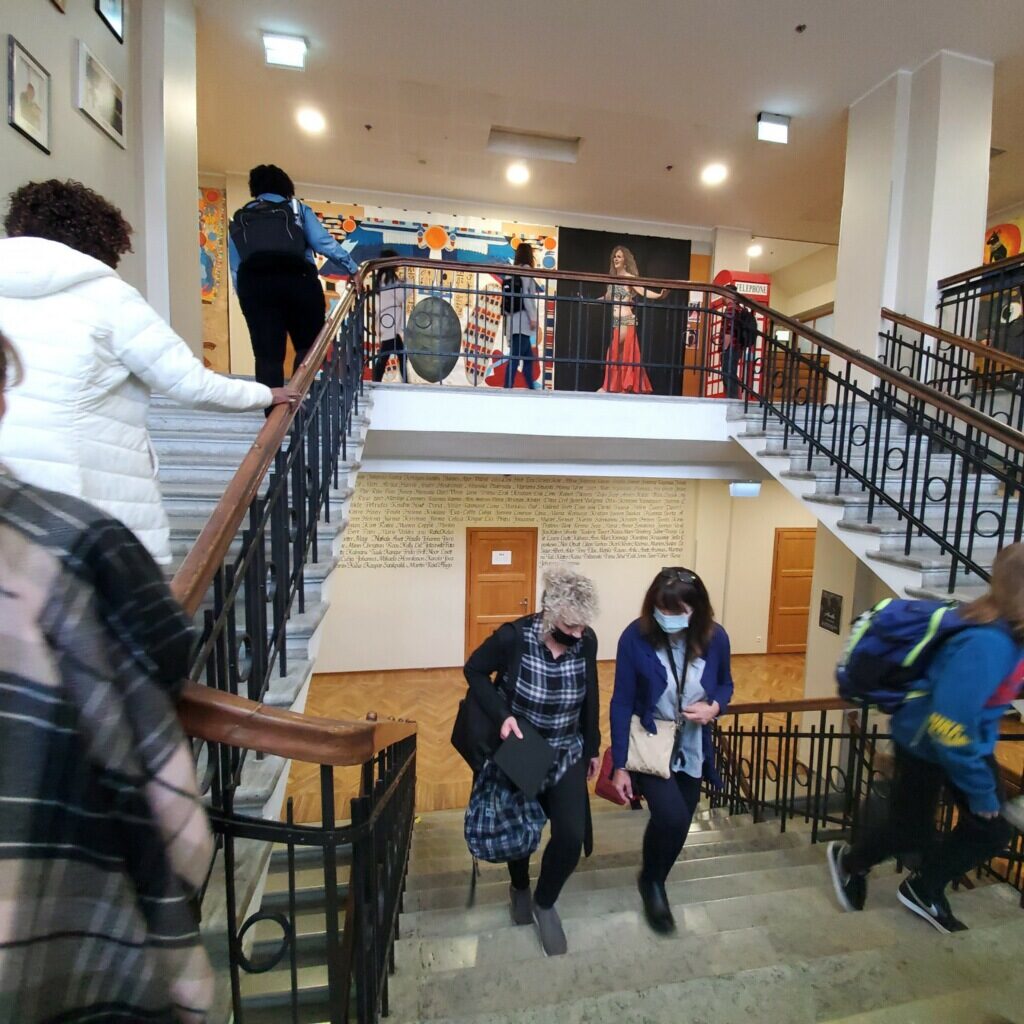
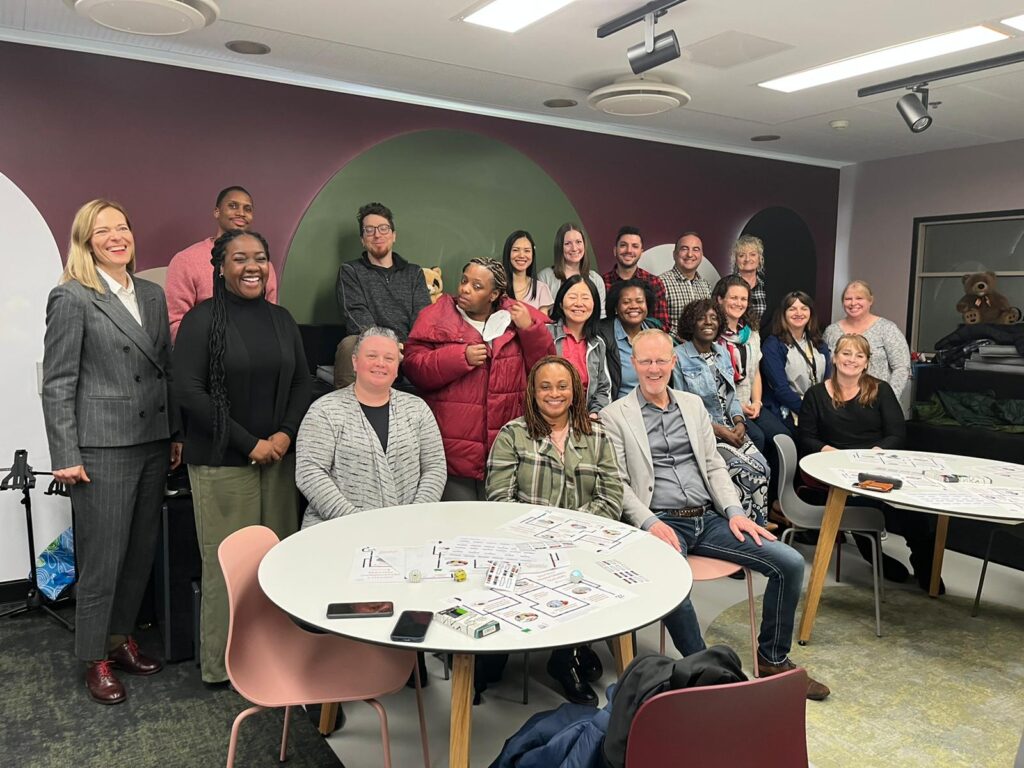
Friday, April 15
This was a “Good Friday” in more ways than one! Today was spent learning more about the geography and history of Estonia. We started our cold, rainy morning with a visit to an ancient burial site.
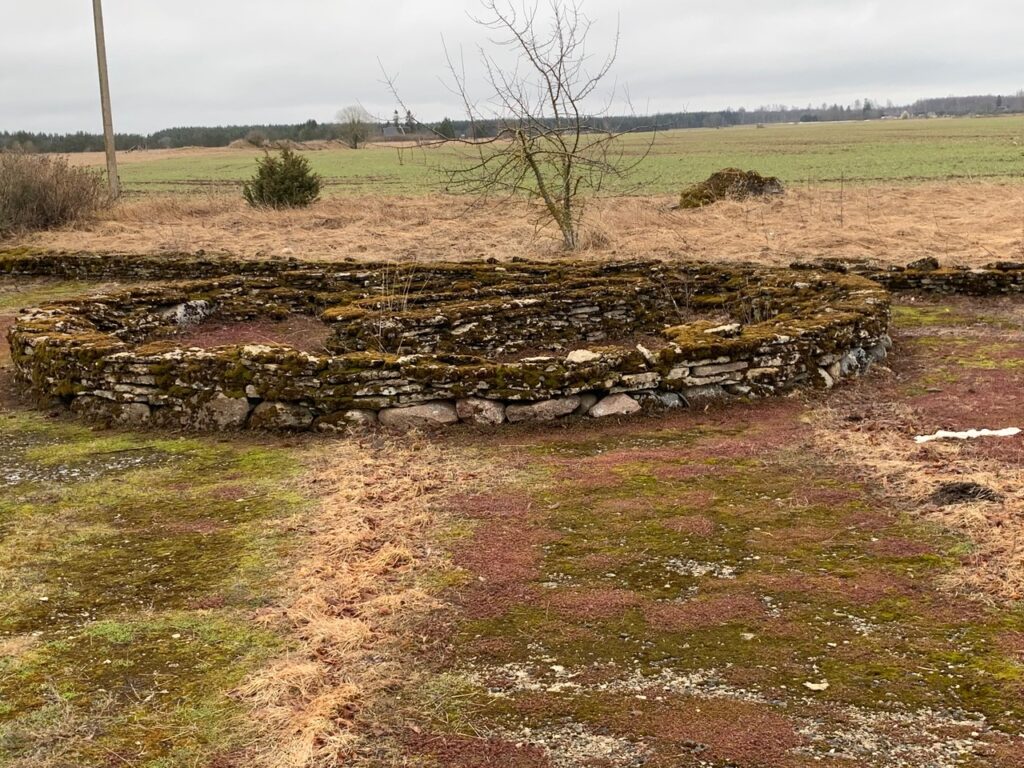
Next, we toured two manor houses built in the 1700’s and learned the history of the families that built them.

We traveled about an hour outside of the city of Tallinn to Lahemaa National Park. We hiked along the icy trail through the bogs.. Our guide stressed that if we accidentally stepped off the trail pathway, that our footprint would remain for 15 to 20 years due to the composition of the bog.
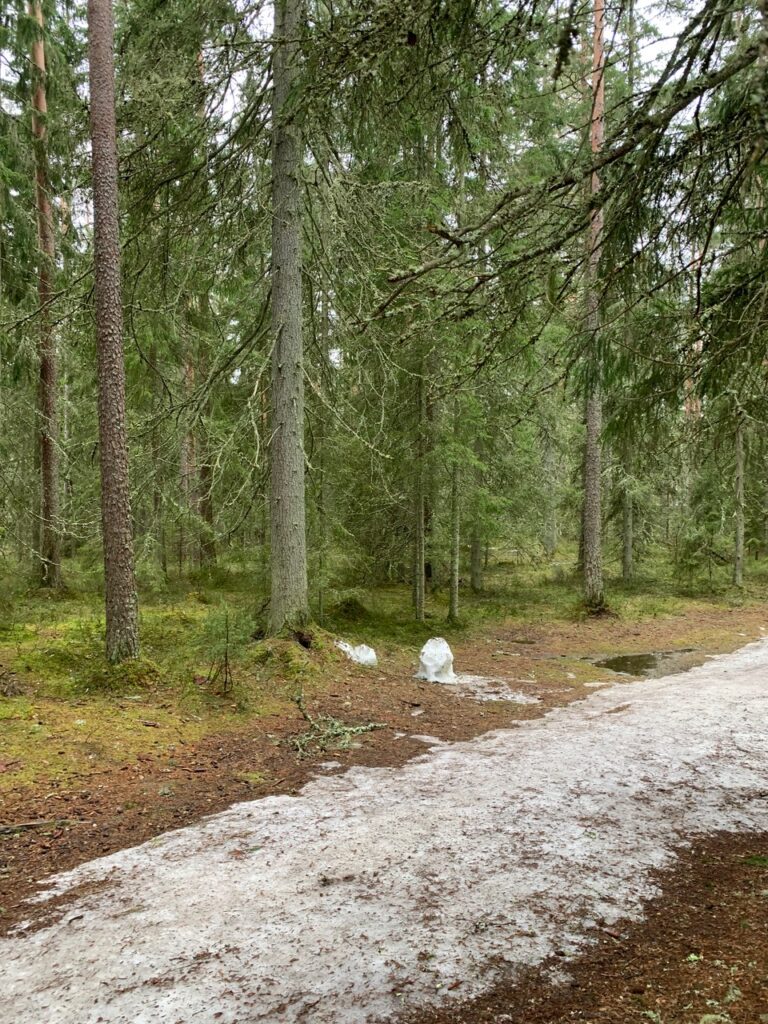
The trees in the forrest are about 150 years old. The guide had everyone in our group place a hand on the tree to focus on the tranquility in nature and the inner peace one can find when connecting with nature.
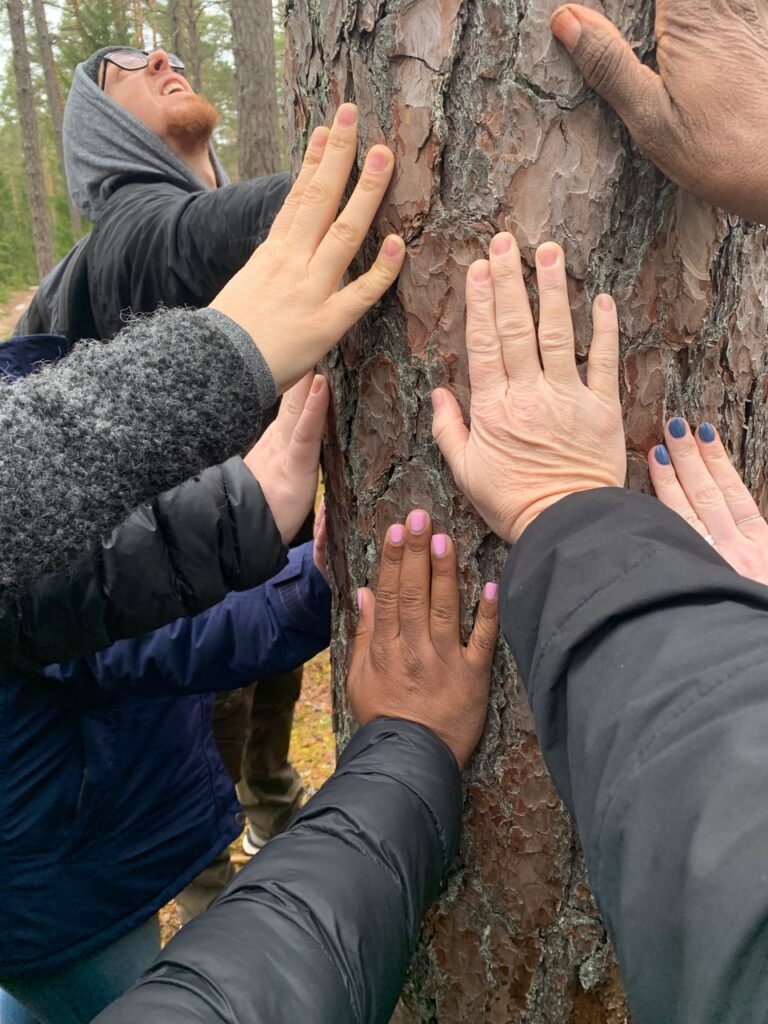
Our view from the scenic overlook of the bogs and forrest.
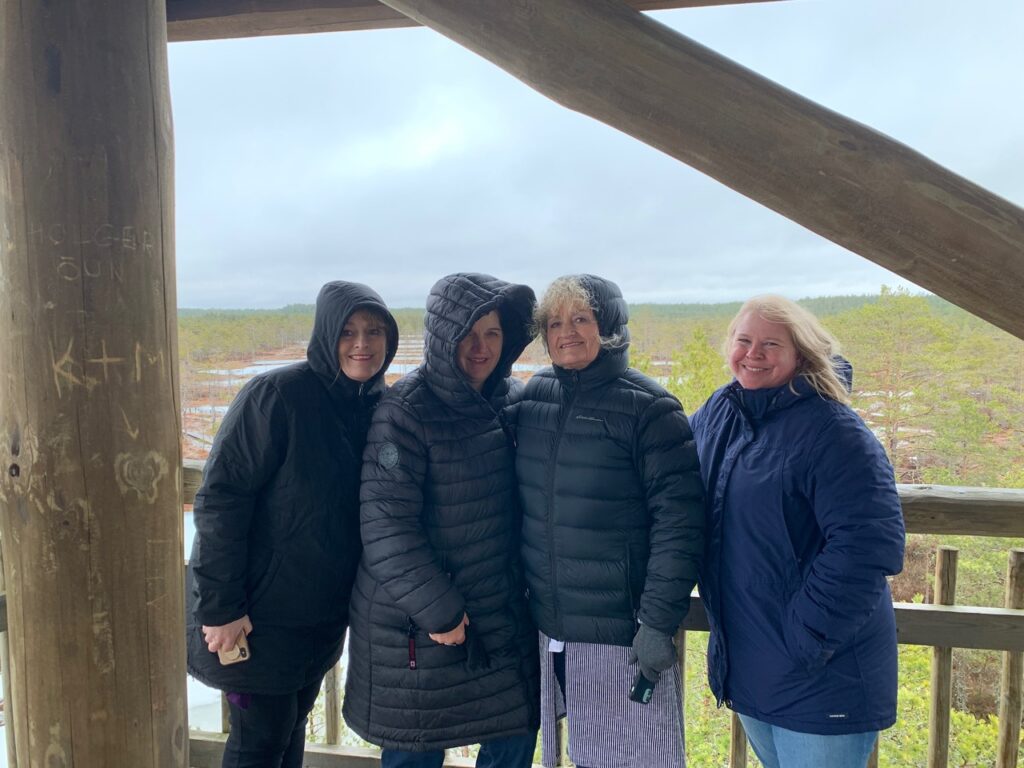
Our next stop was in a quaint little fishing village on The Baltic Sea for the loveliest lunch of smoked salmon, boiled potatoes and rhubarb squares. We toured the Maritime Museum and got to touch the The Baltic Sea once again, but on the opposite shoreline from earlier in the week.
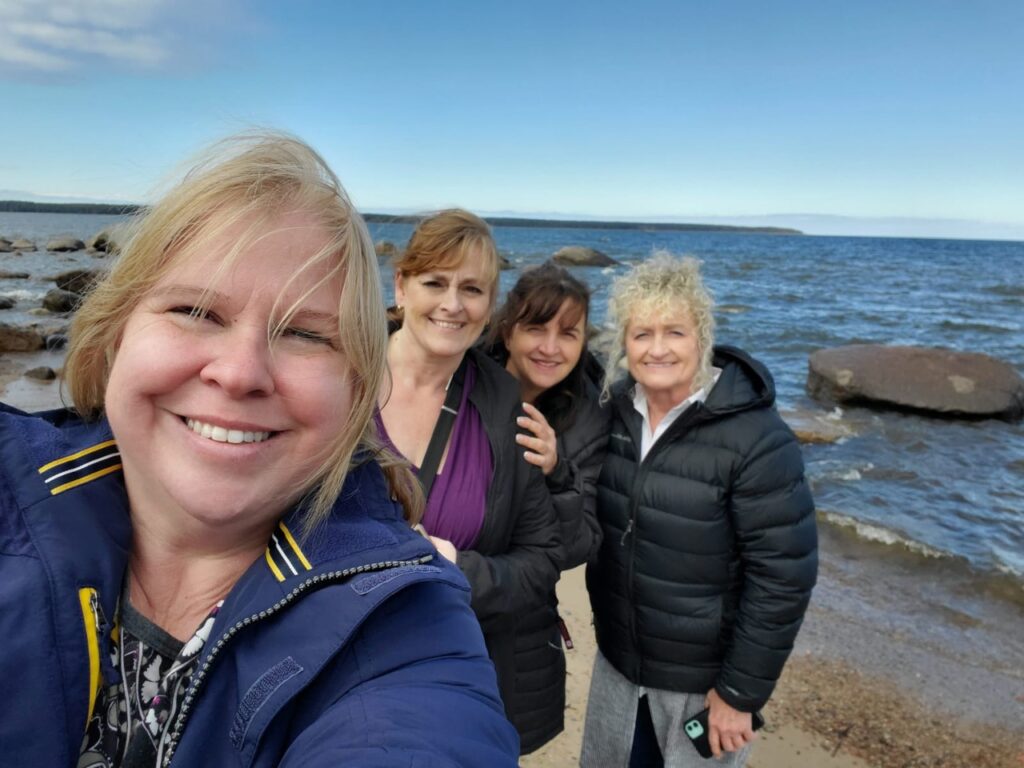
We ended the day back in the capital city of Tallinn exploring The Medieval Old Town. It’s a full moon and the 500 year old buildings looked like something straight out of a fairy tale. The night was absolutely magical! –Sherry Cawood, MS Social Studies

Saturday, April 17
We began our long journey home! Thanks to all who followed along!
